Recently, Apple has been talked about in connection with the fact that it has lost its position as an innovator and rather survives on its captured standards. But it is not entirely true, because in the field of software it still brings functions and possibilities that others do not quite succeed in copying.
Software support
One of those areas is software support, where Apple is second to none. The new operating system can bring even a 6-year-old device, on which users can use even the most advanced functions. With the exception of Apple, Samsung is the furthest in this regard, but it also does this for devices no older than 4 years. In addition, Google itself provides its own Pixels with only 3 years of operating system updates, other manufacturers usually provide two years.
The second thing in this regard is how companies approach system updates. Once Apple releases a new update, it will roll out to all supported devices at once. E.g. Samsung is doing so gradually. First, it will provide the new systems to the flagship models, and only then will it get to the others. This adoption can thus easily be divided up to several months, also for the reason that they have to debug their superstructure for the new Android.
It could be interest you

AirPlay
AirPlay is one feature that Android devices are still missing. Since this is a proprietary protocol developed by Apple, we don't expect it to ever make it to Android at all. Although several third-party apps on Google Play can wirelessly stream audio and video content from your smartphone, nothing comes close to this solution. So it's up to Google to add some custom feature to Android natively. Of course, the interconnected ecosystem makes it easy to send iPhone content to Macs as well, as well as Apple TV or supported TVs, which are increasingly implementing the protocol.
Drag and drop
The drag-and-drop gesture feature has been available on iOS devices for several years, but it wasn't until the iOS 15 update that it worked system-wide. You can drag and drop content from one app to another, replacing the traditional copy and paste menus. You'll appreciate this feature even more in iPadOS and the Split View and Slide Over display modes. Even if Android then offers the display of multiple applications on a single display even on mobile phones, even Android 12 does not offer this function.
Put away unused applications
Snoozing apps is a fairly unique way to save storage on your iPhone or iPad. Apple allows users of its mobile devices to remove unused applications, but at the same time preserves their files and data, so the next time you install it, you don't have to start over (in the case of games) and the applications have their data in place. In addition, you can save GB of storage space by setting your iPhone to auto-save. This can be solved on Android, but again, its users have to rely on third-party solutions, which are neither intuitive nor 100%.
Shared control
With macOS 12.3 and iPadOS 15.4, Universal Control came to supported Mac computers and iPads. Its advantage is clear - with the help of one peripheral, i.e. keyboard and mouse/trackpad, you can control both Mac and iPad. The cursor can move smoothly between devices, and the keyboard on which it is present is then active for text input. This is the next step in connecting the mobile and desktop worlds of Apple, when the next step will be, for example, the possibility to use the iPhone as a webcam. You can then complete work from one device to another thanks to the Handoff function for a long time. Samsung, in particular, is trying to establish a certain connection between Android and Windows, but it is still not far enough to be able to seriously compete with it.
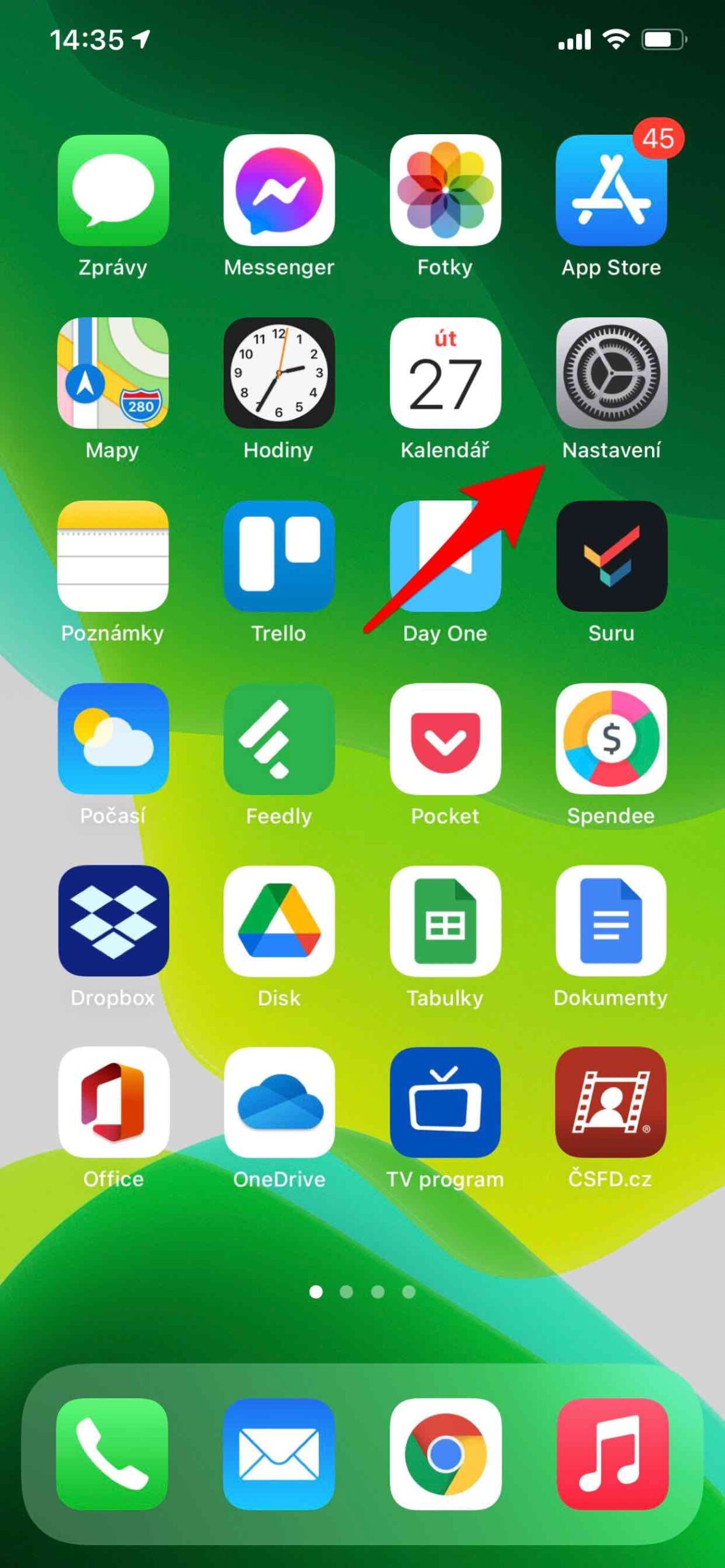
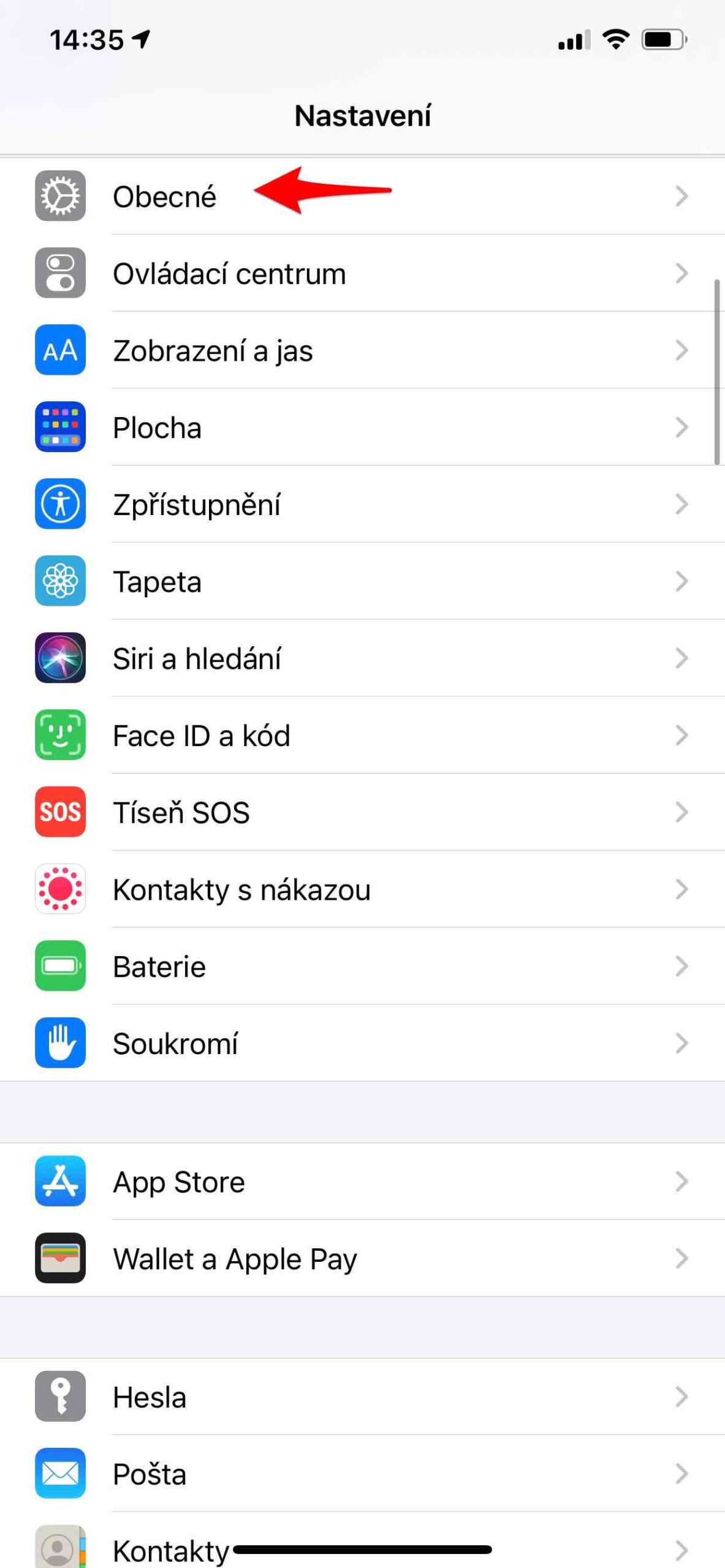
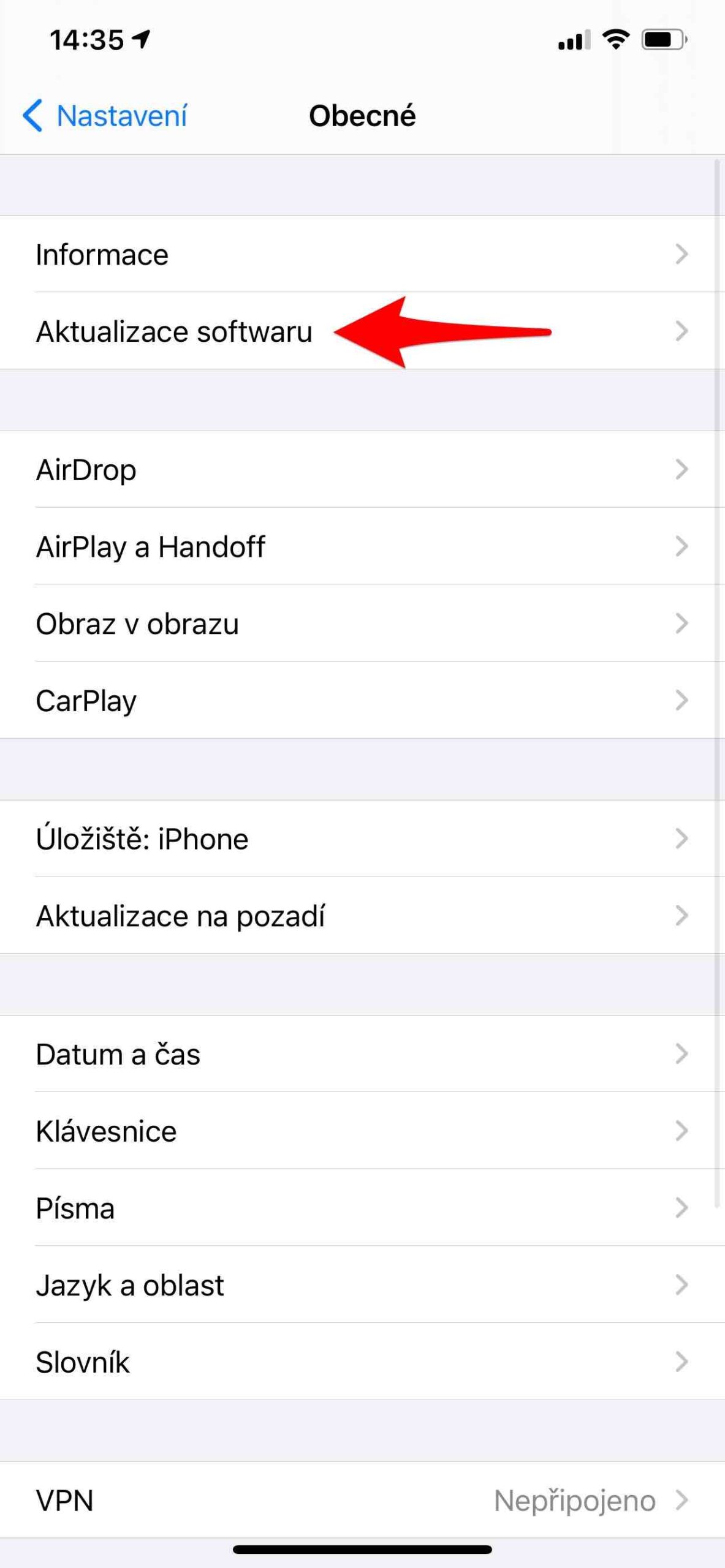
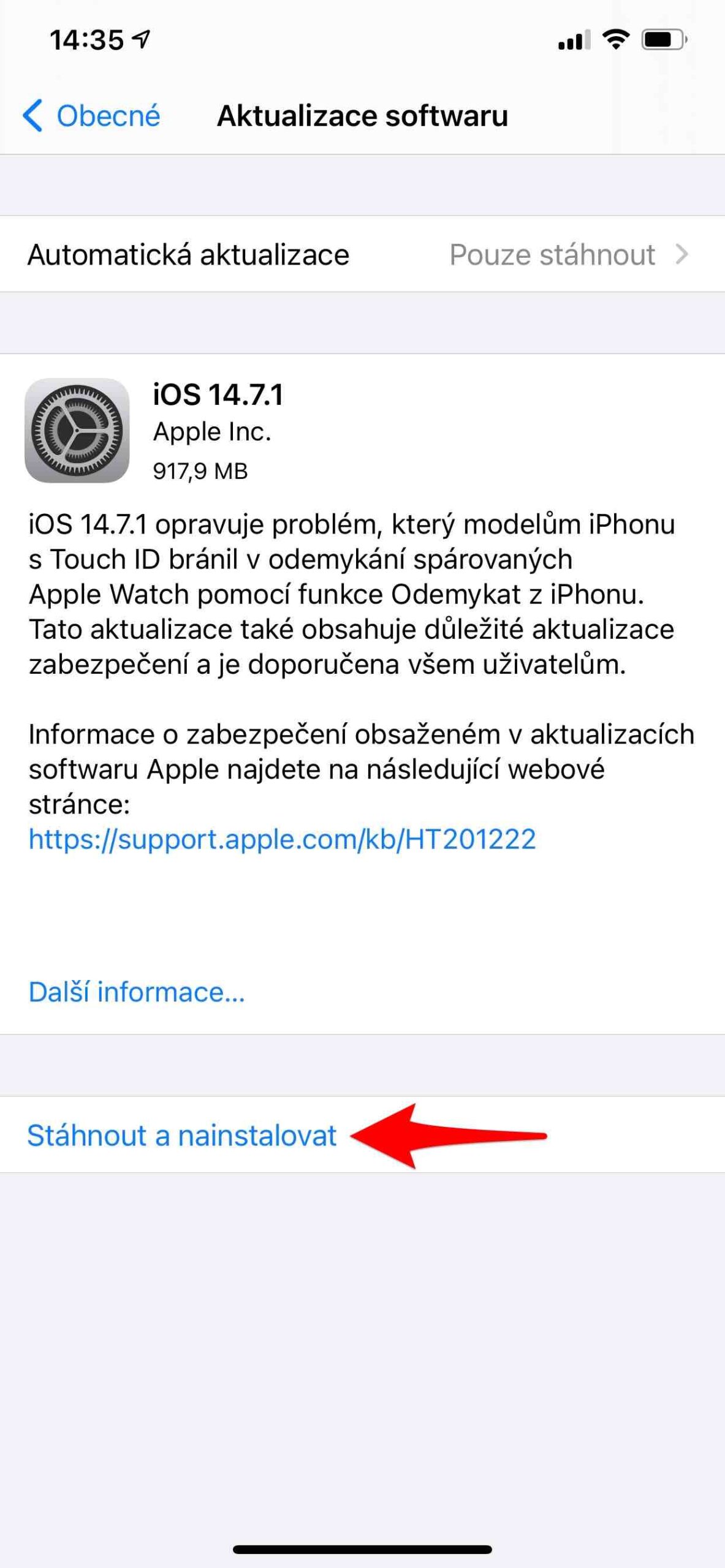
 Adam Kos
Adam Kos 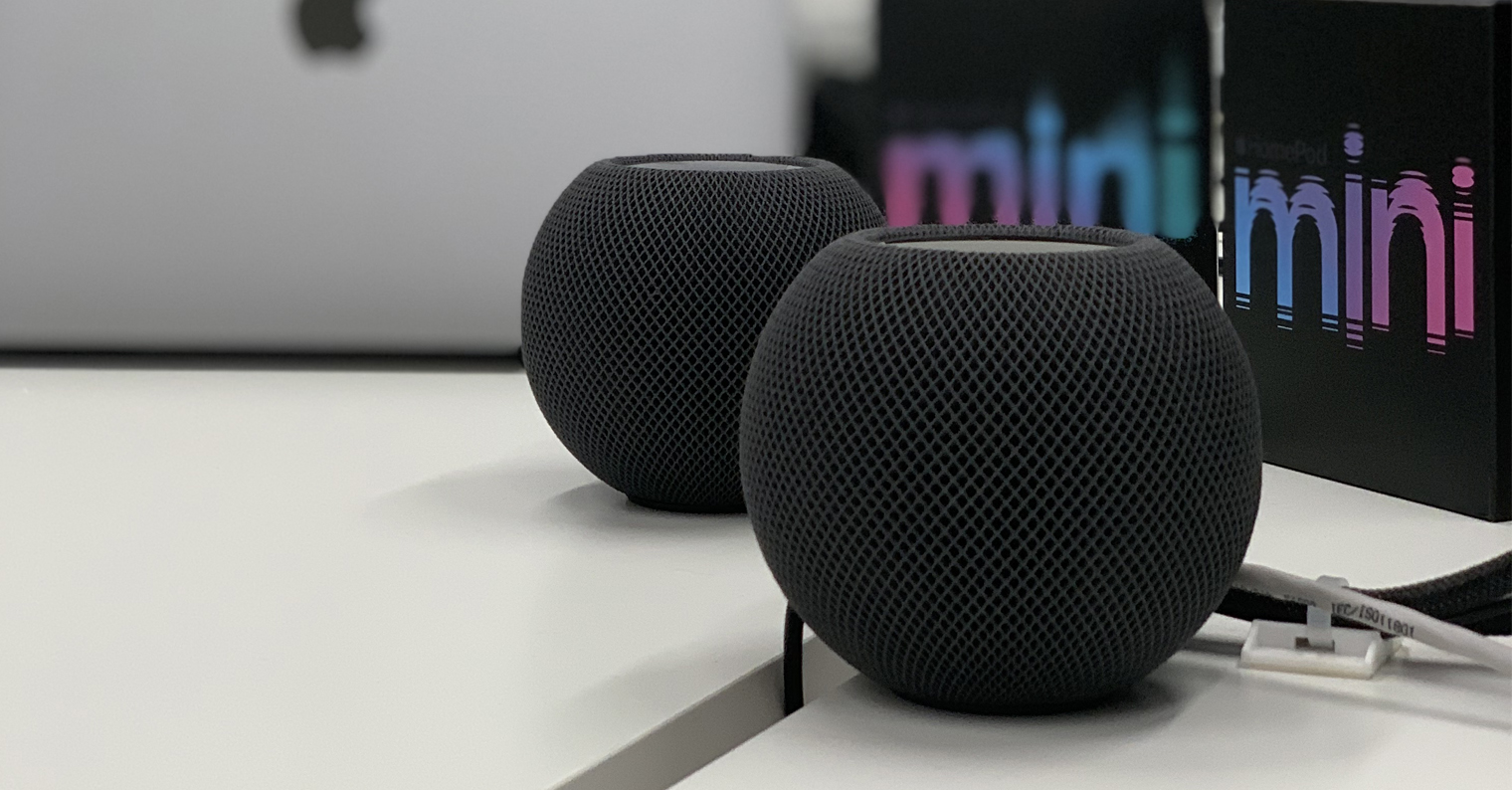
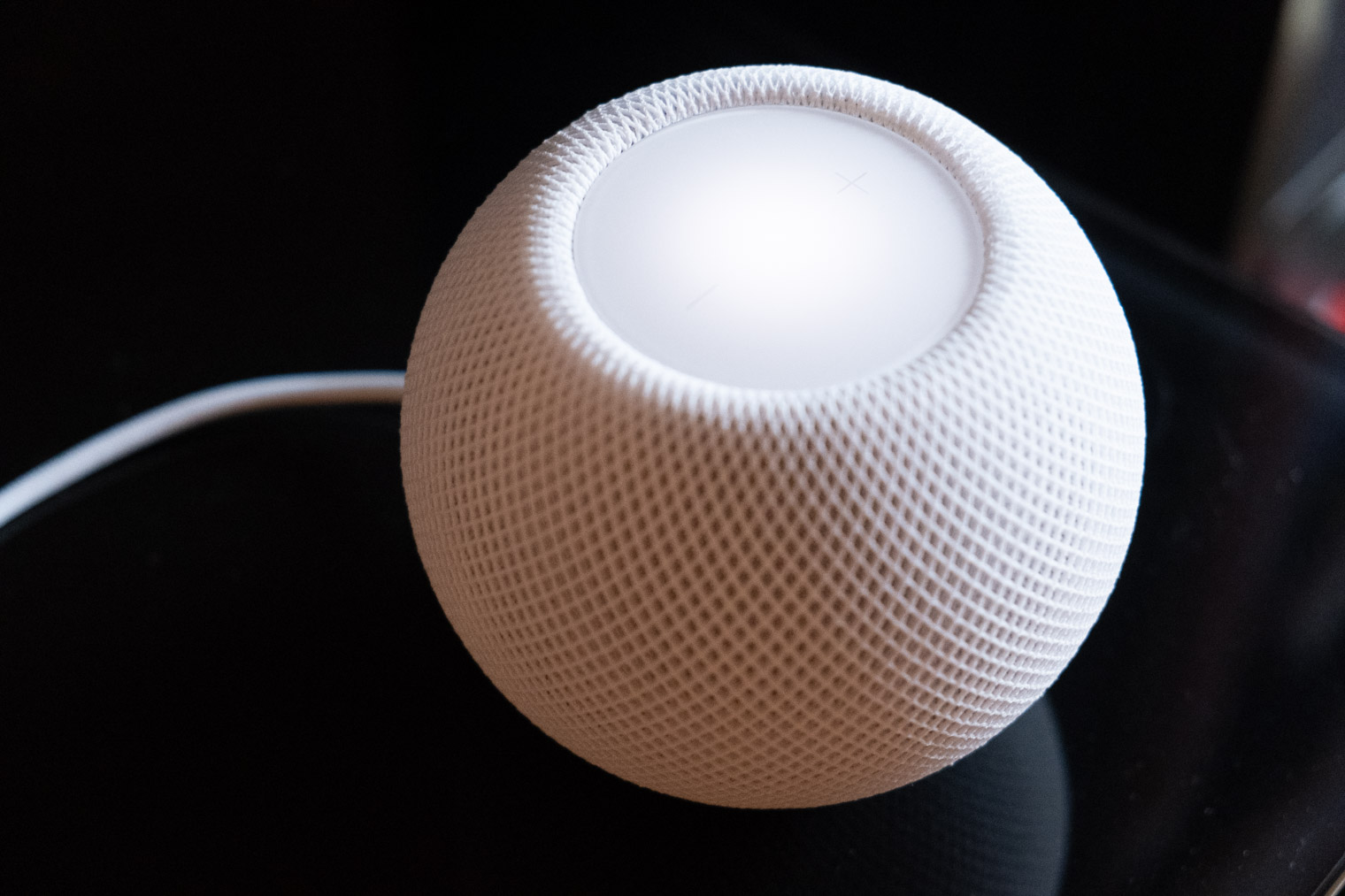

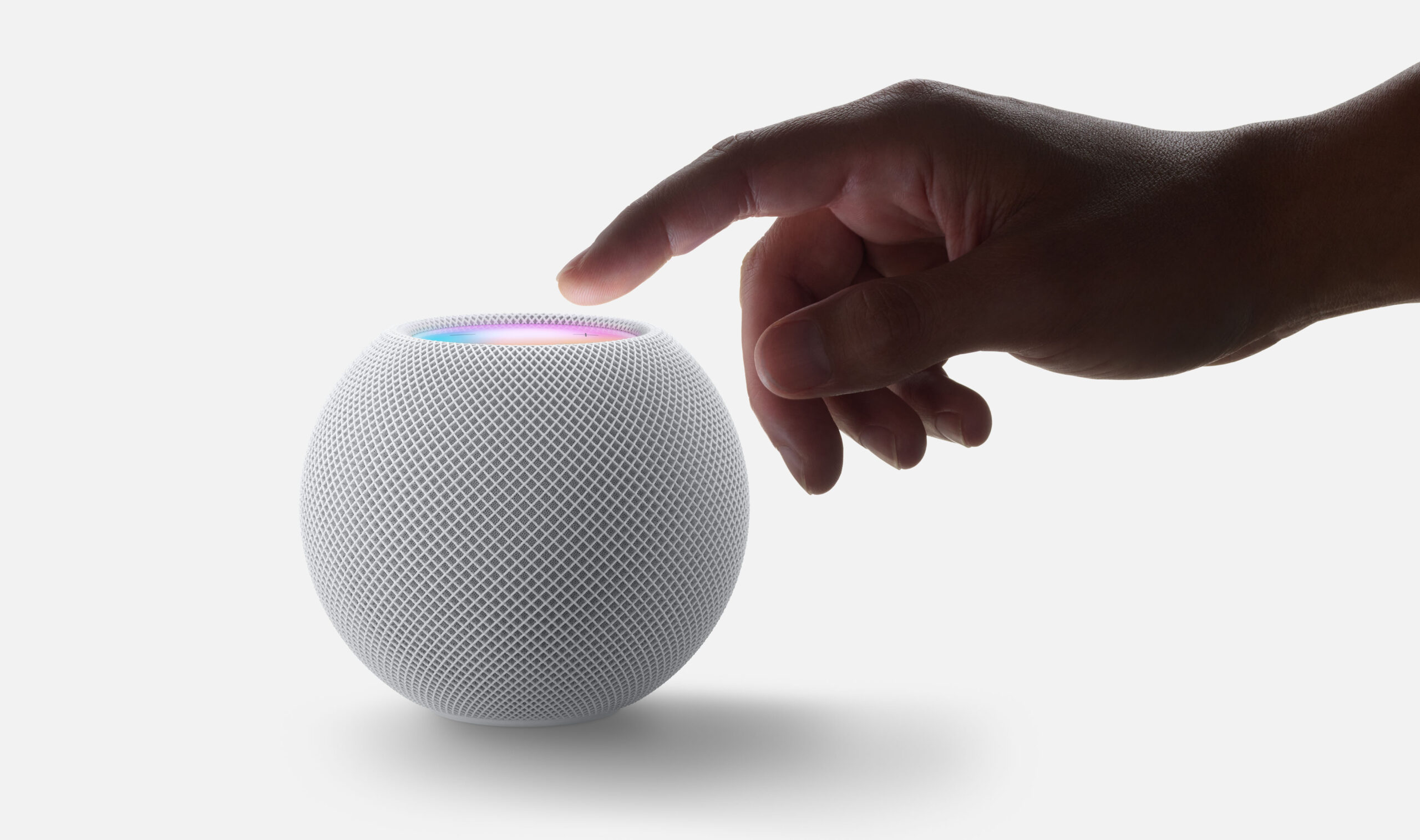

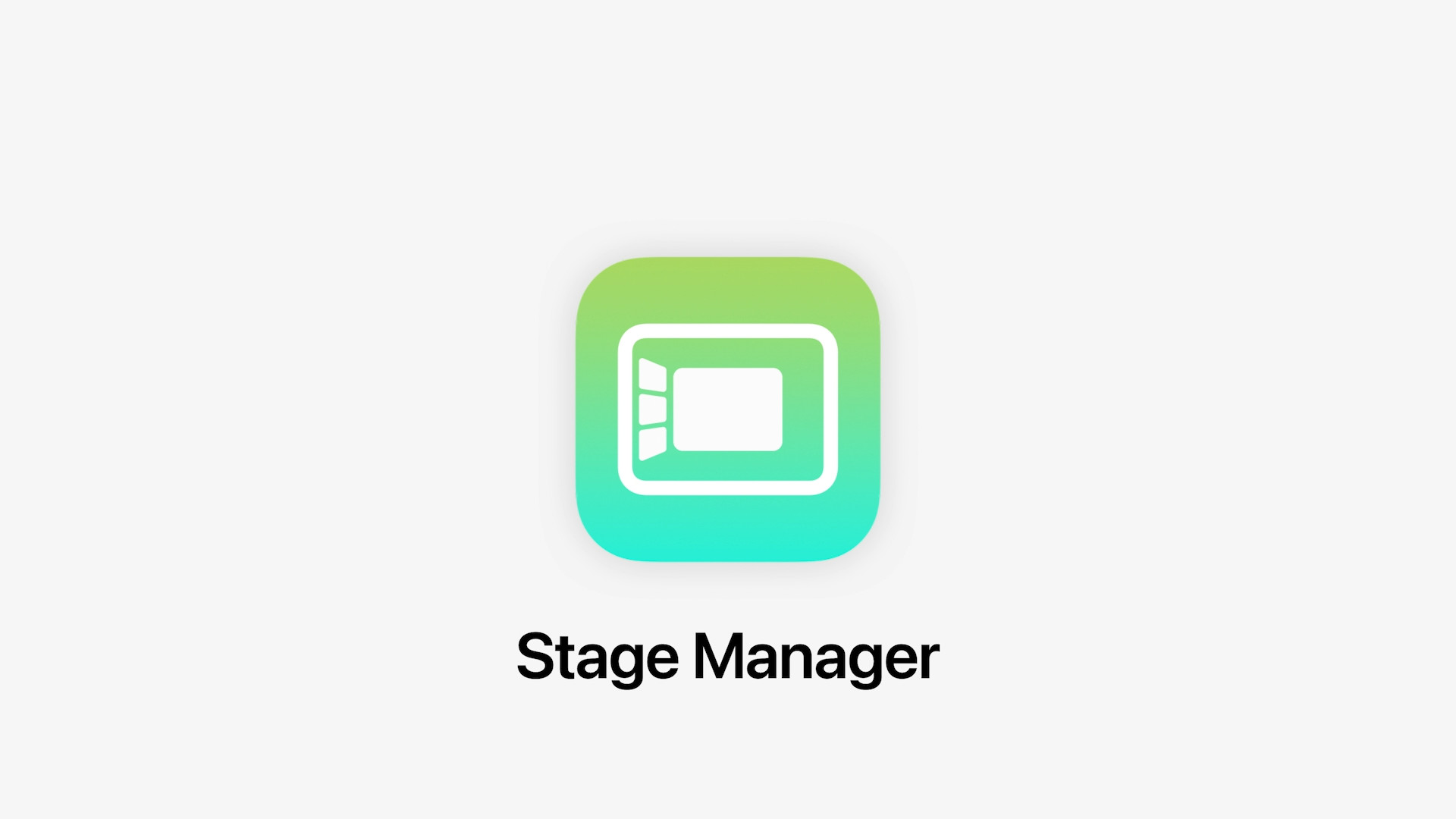

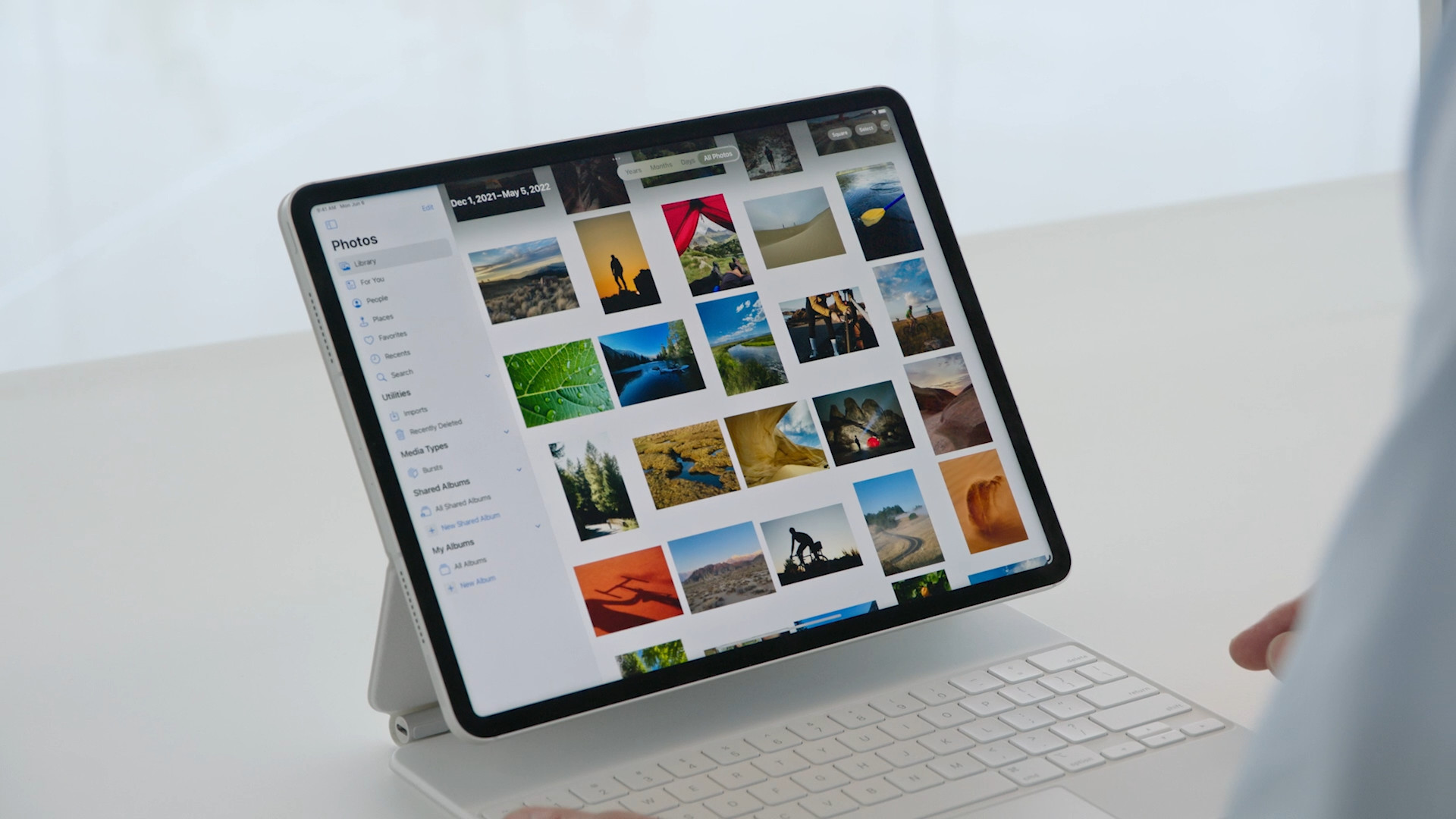
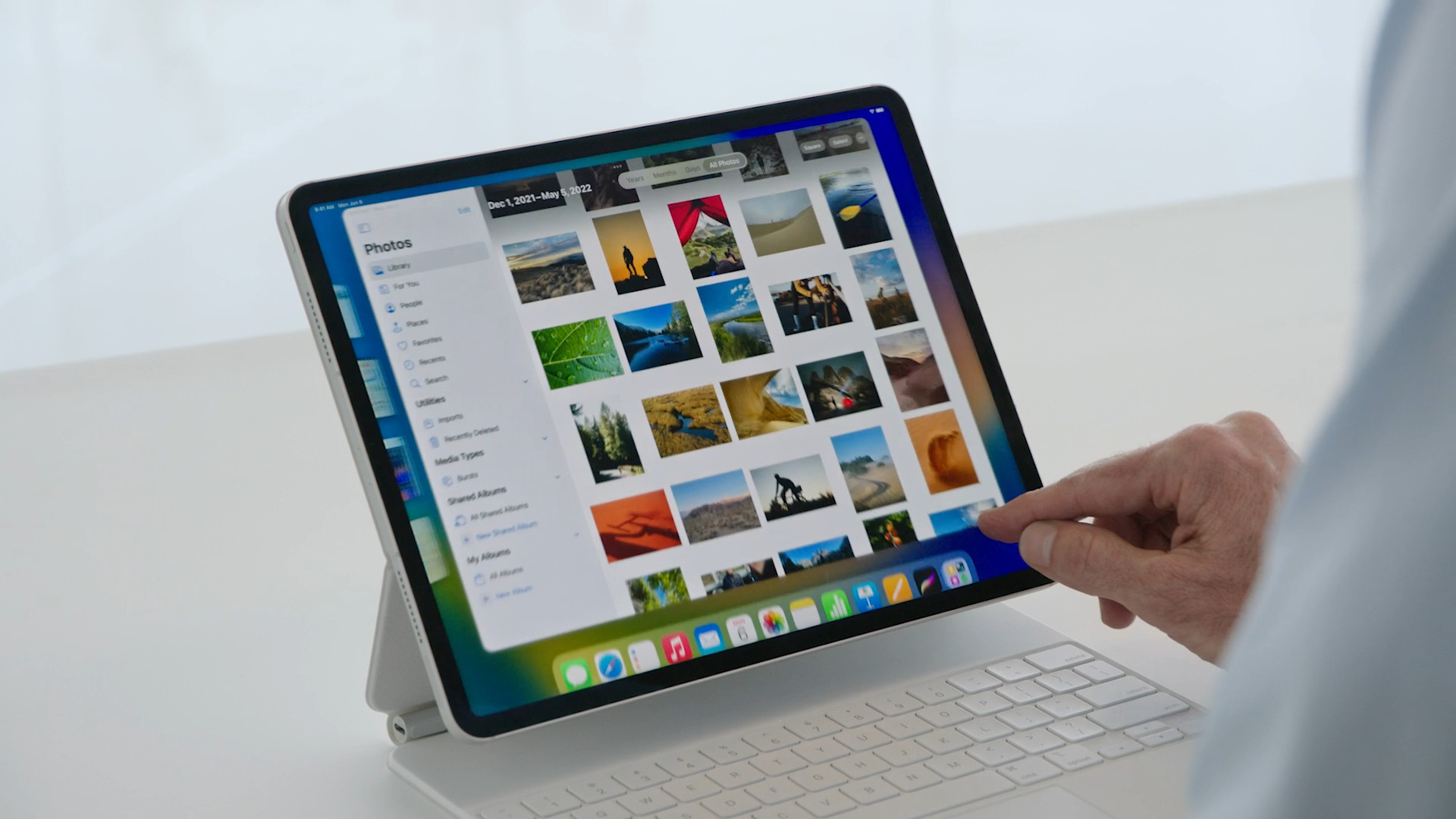
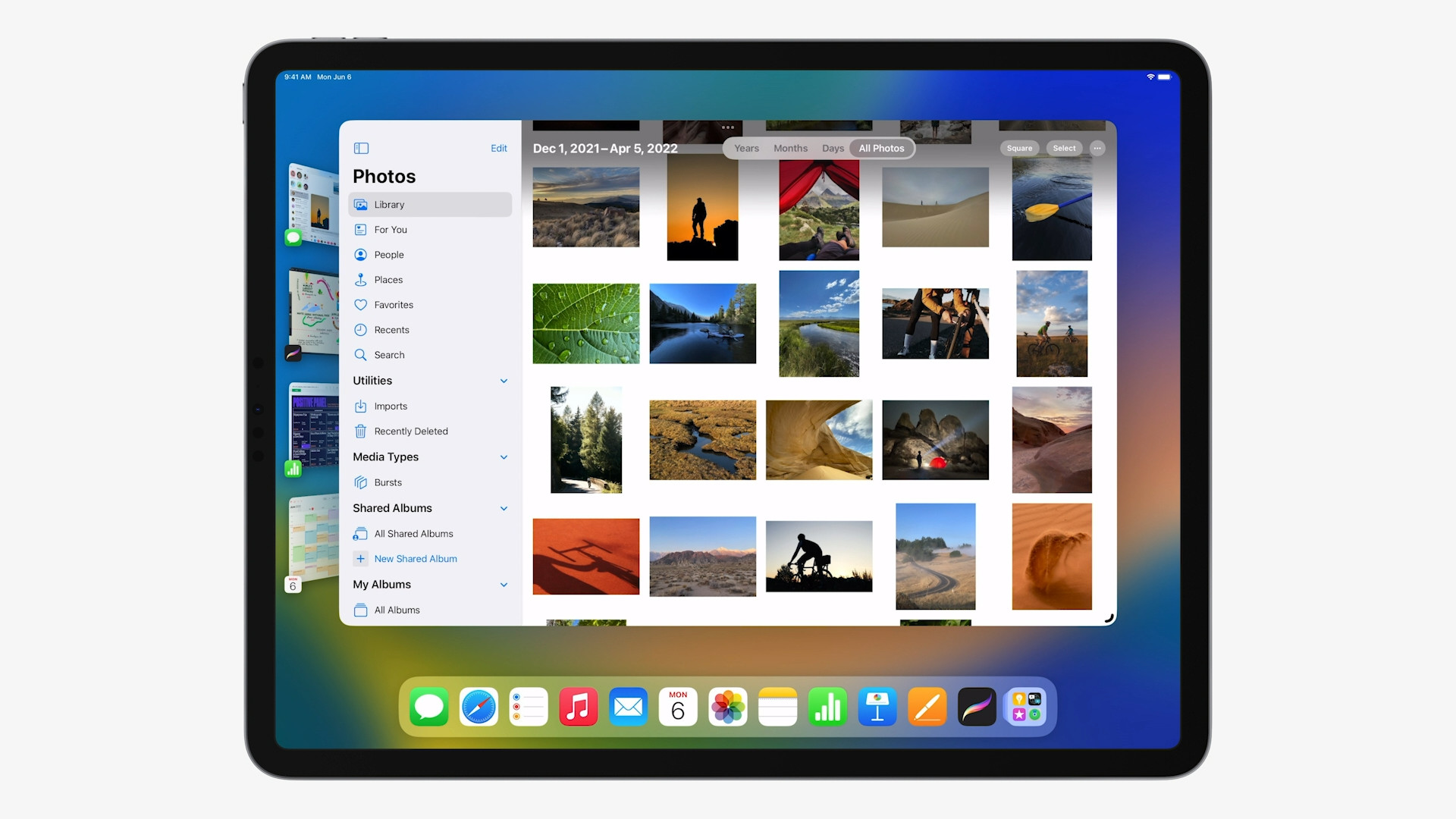
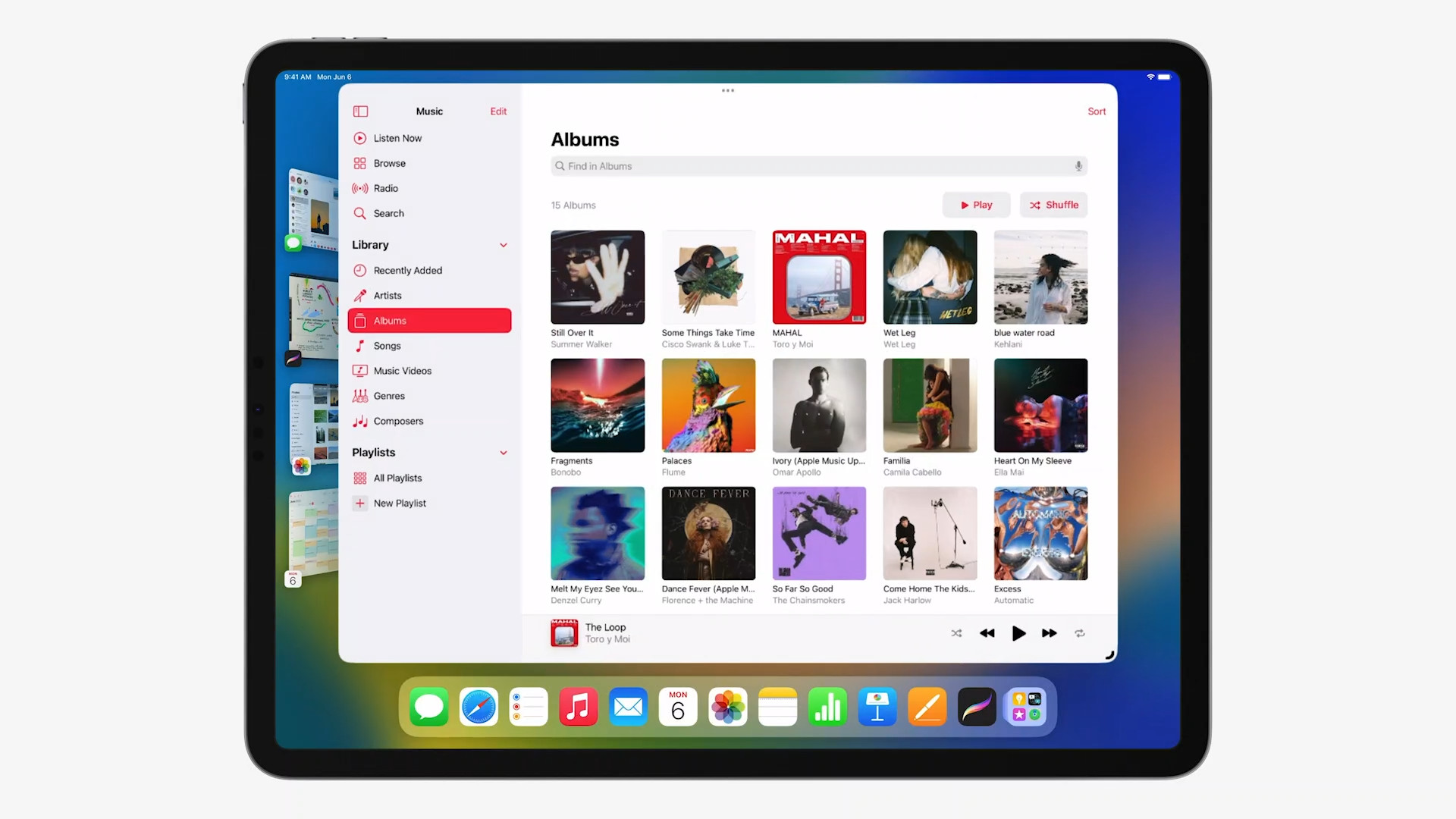
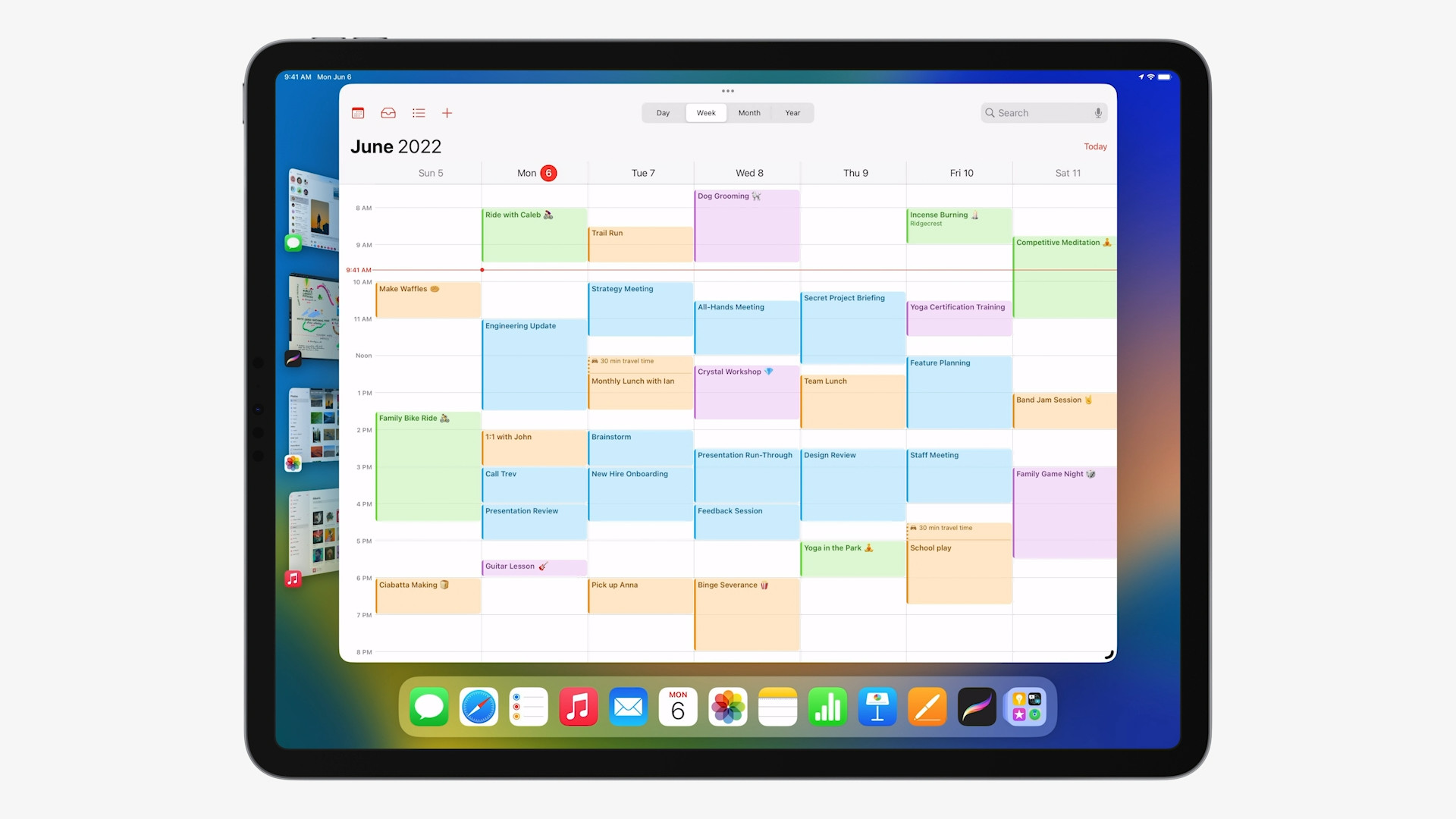

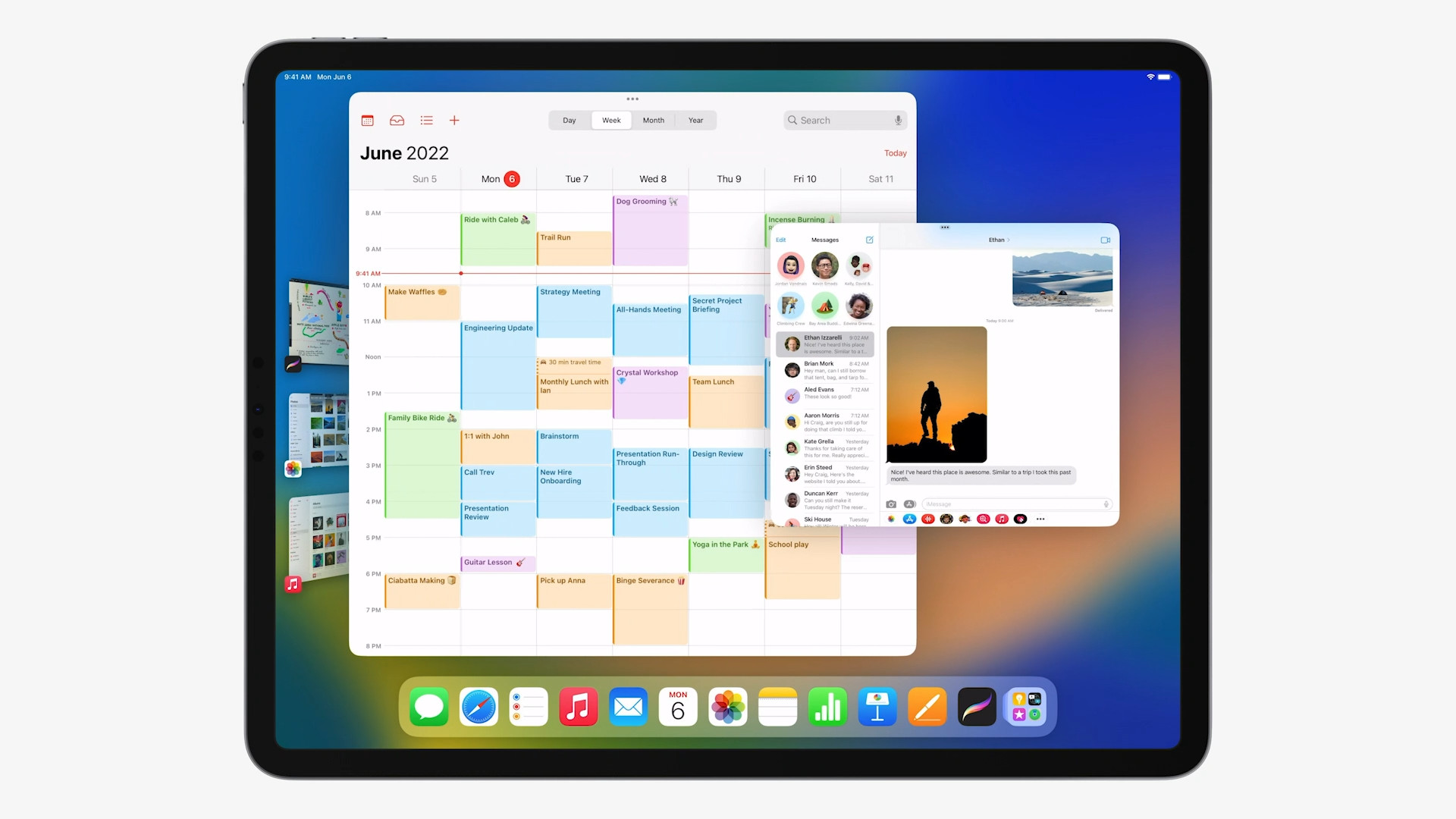
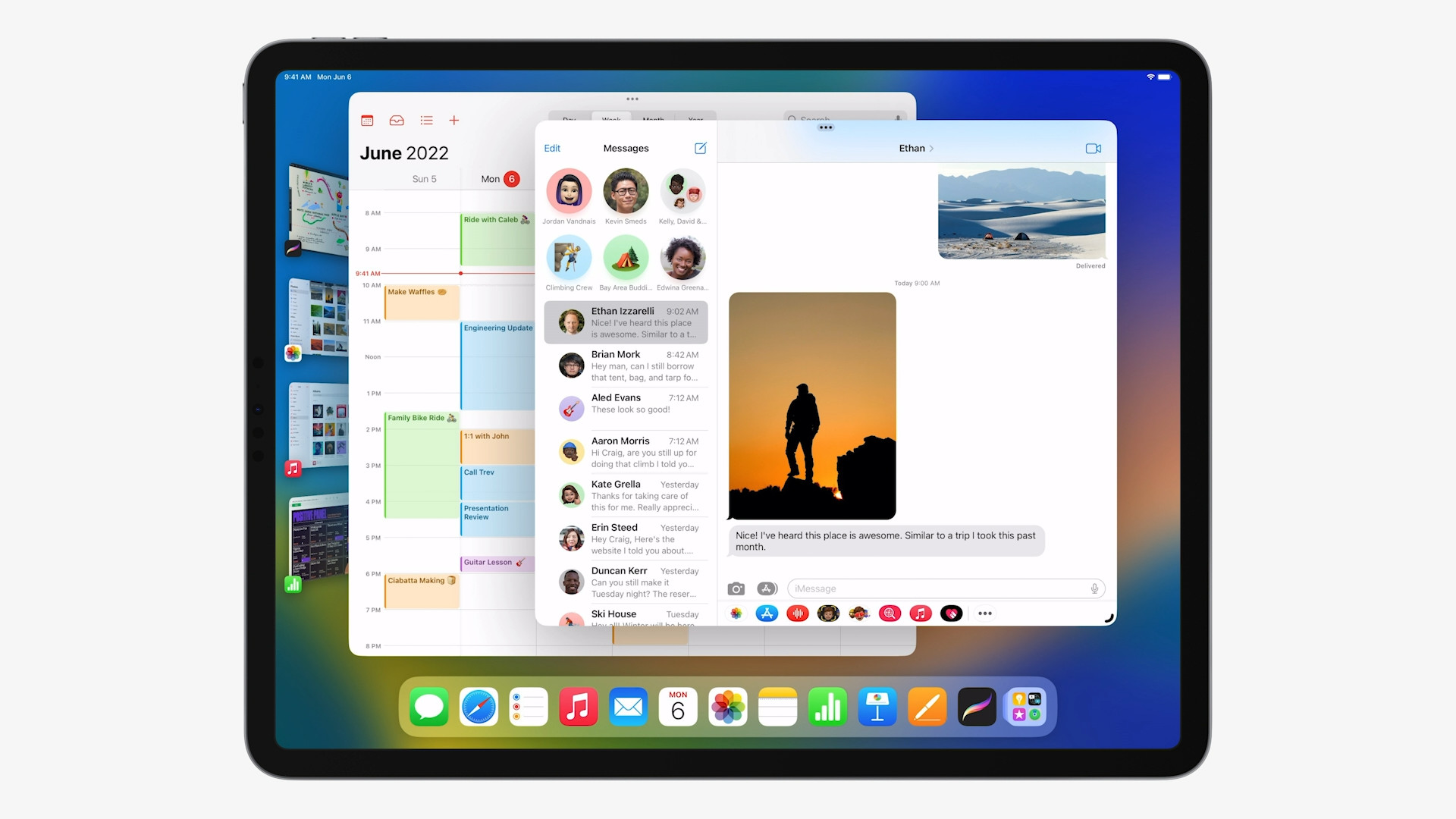
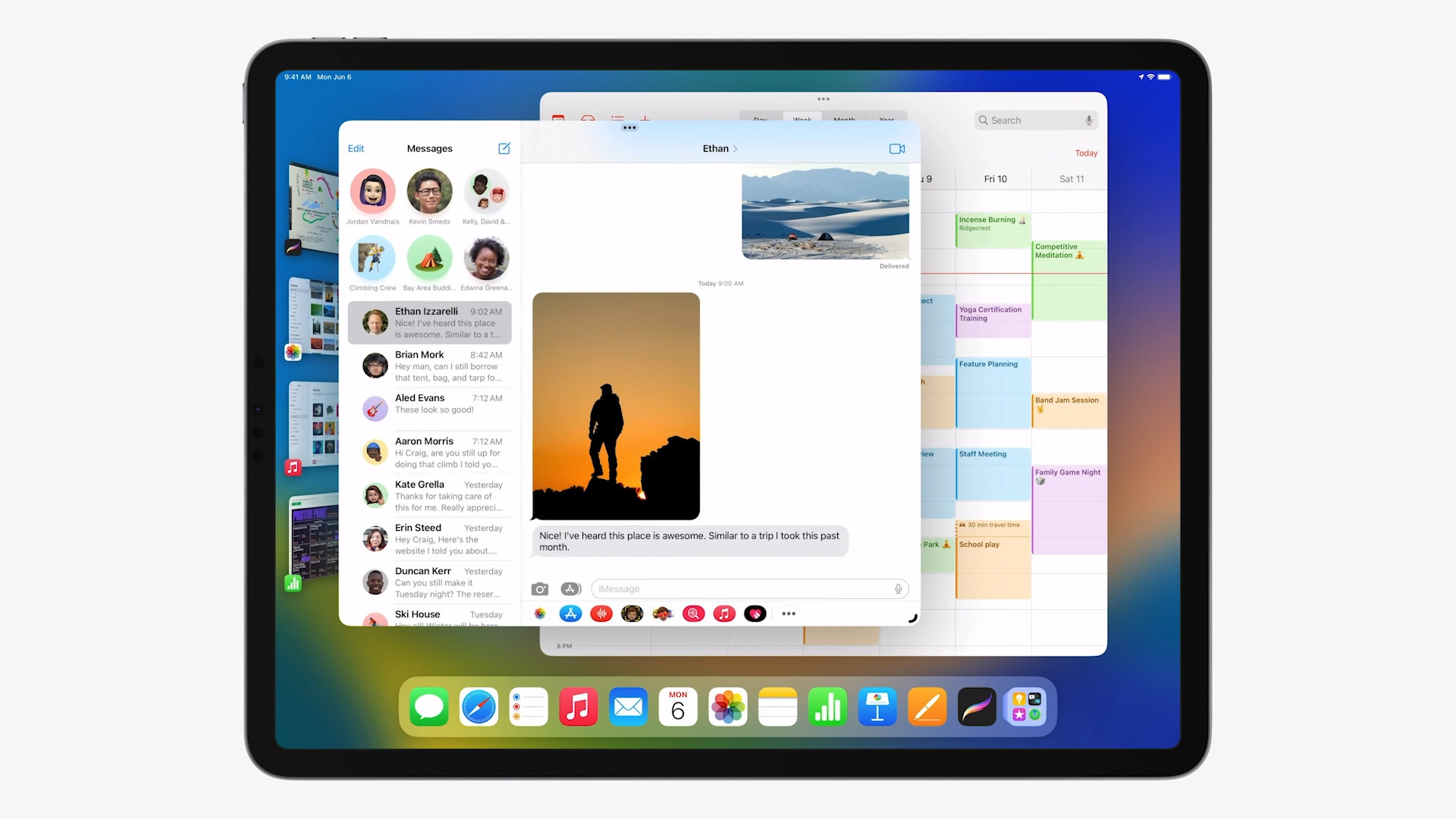
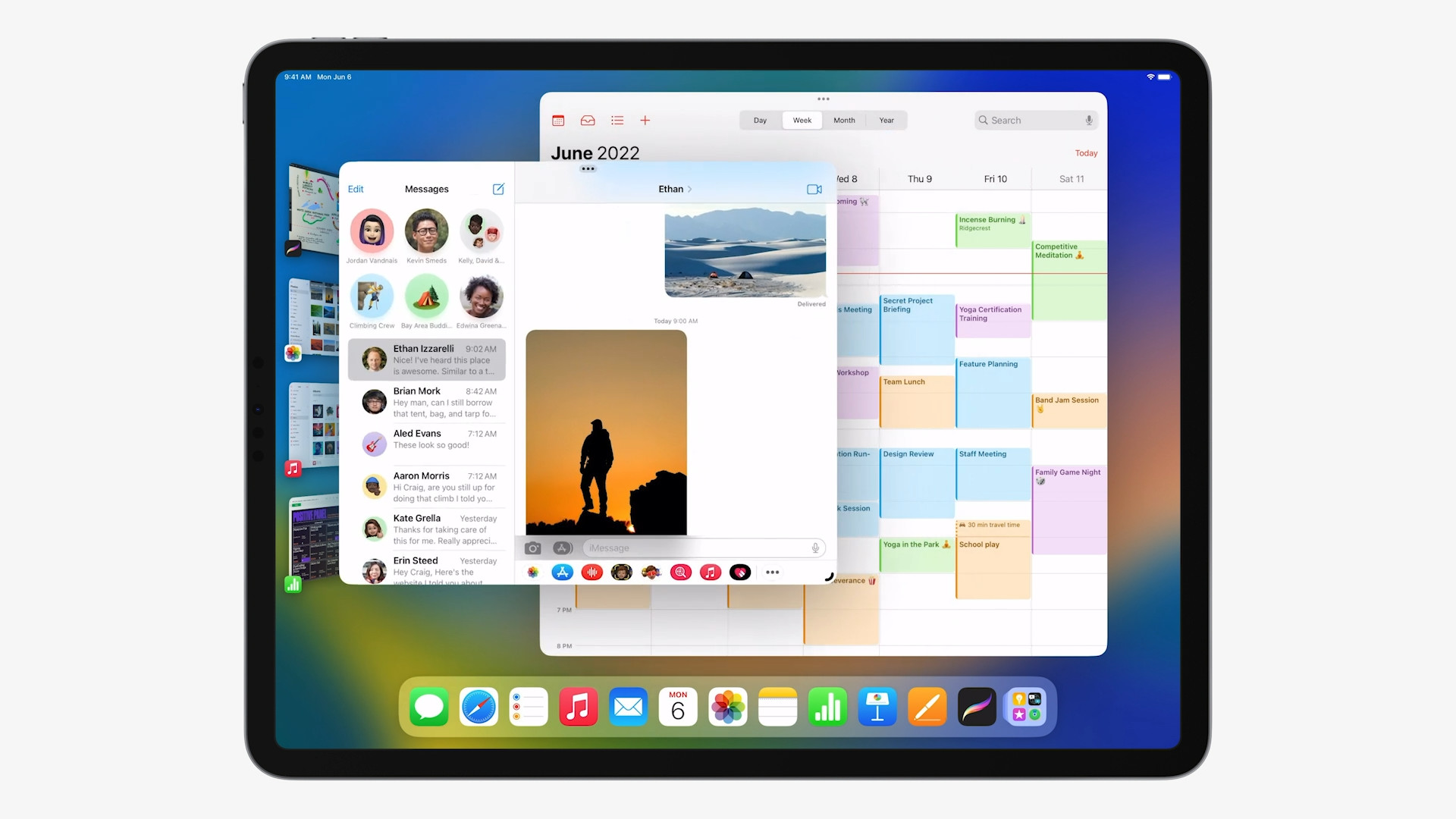
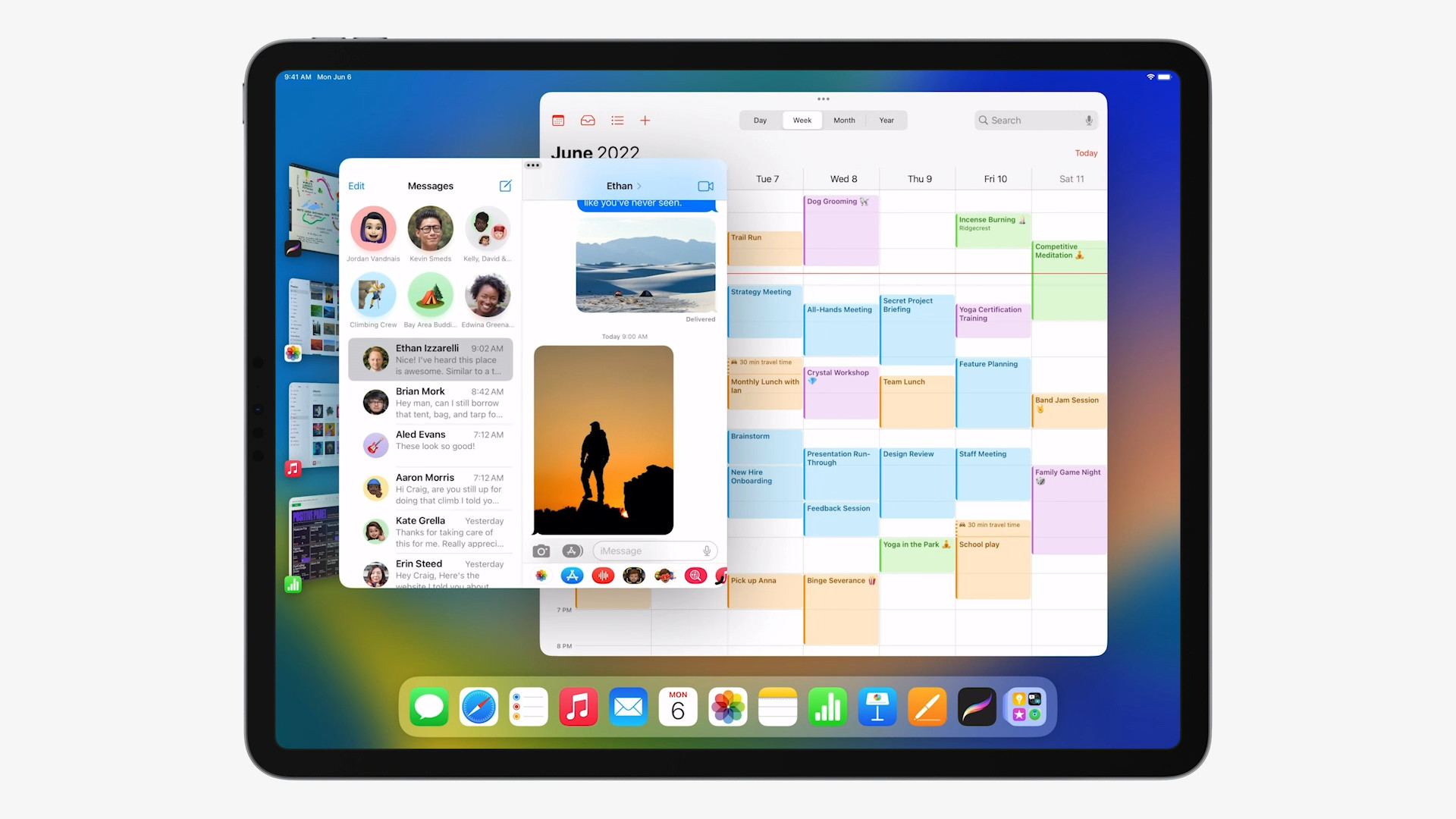




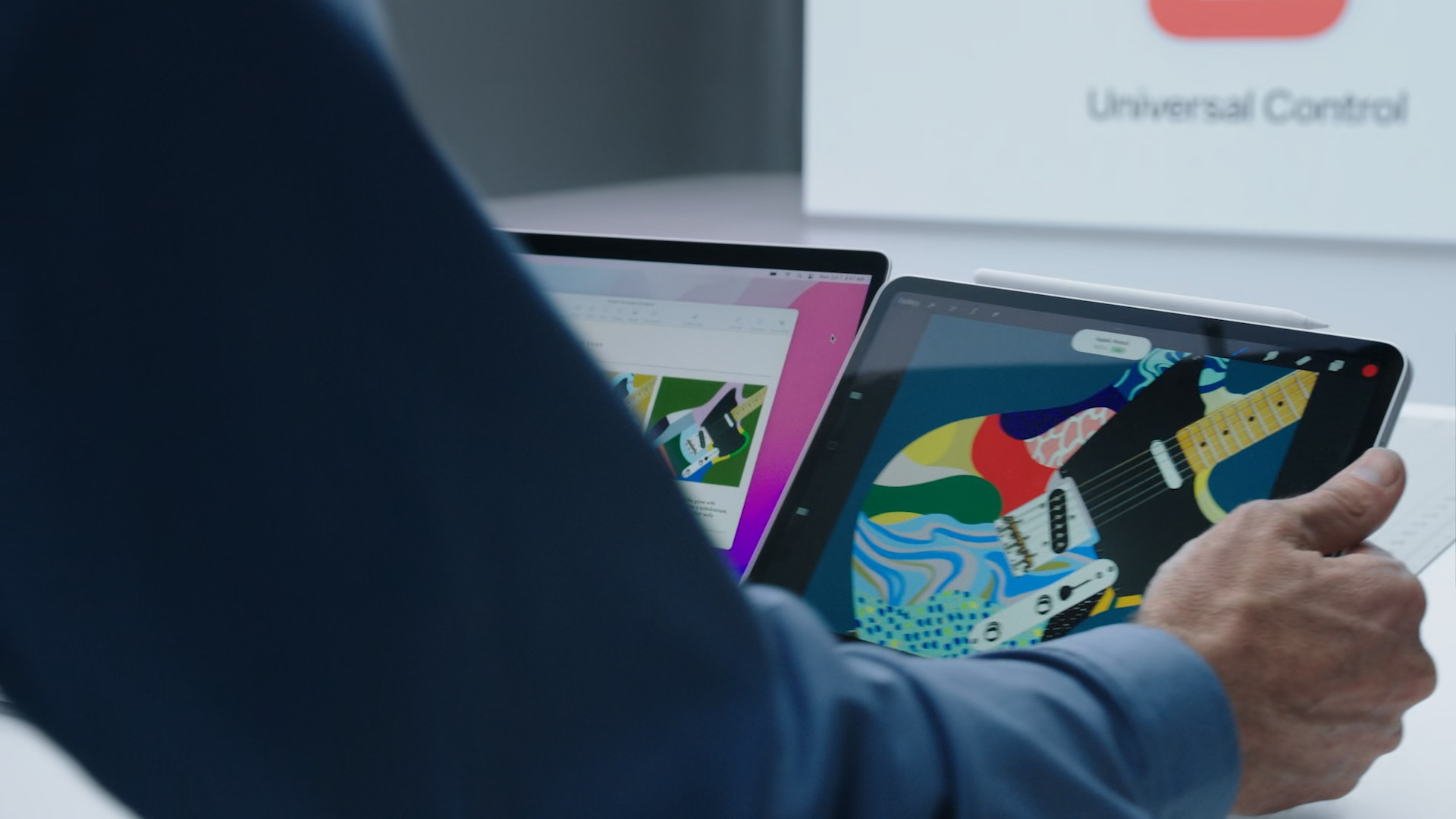
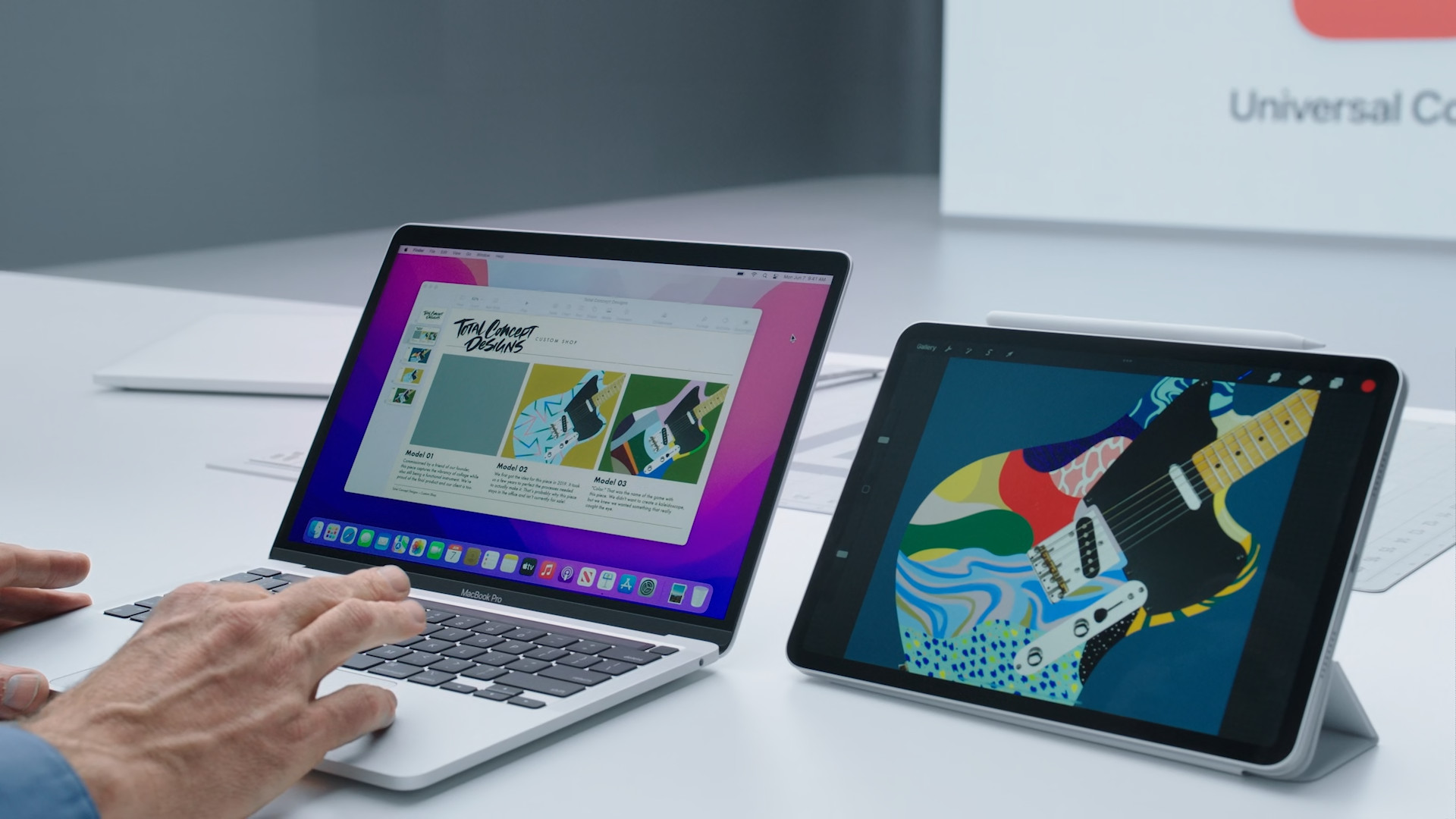
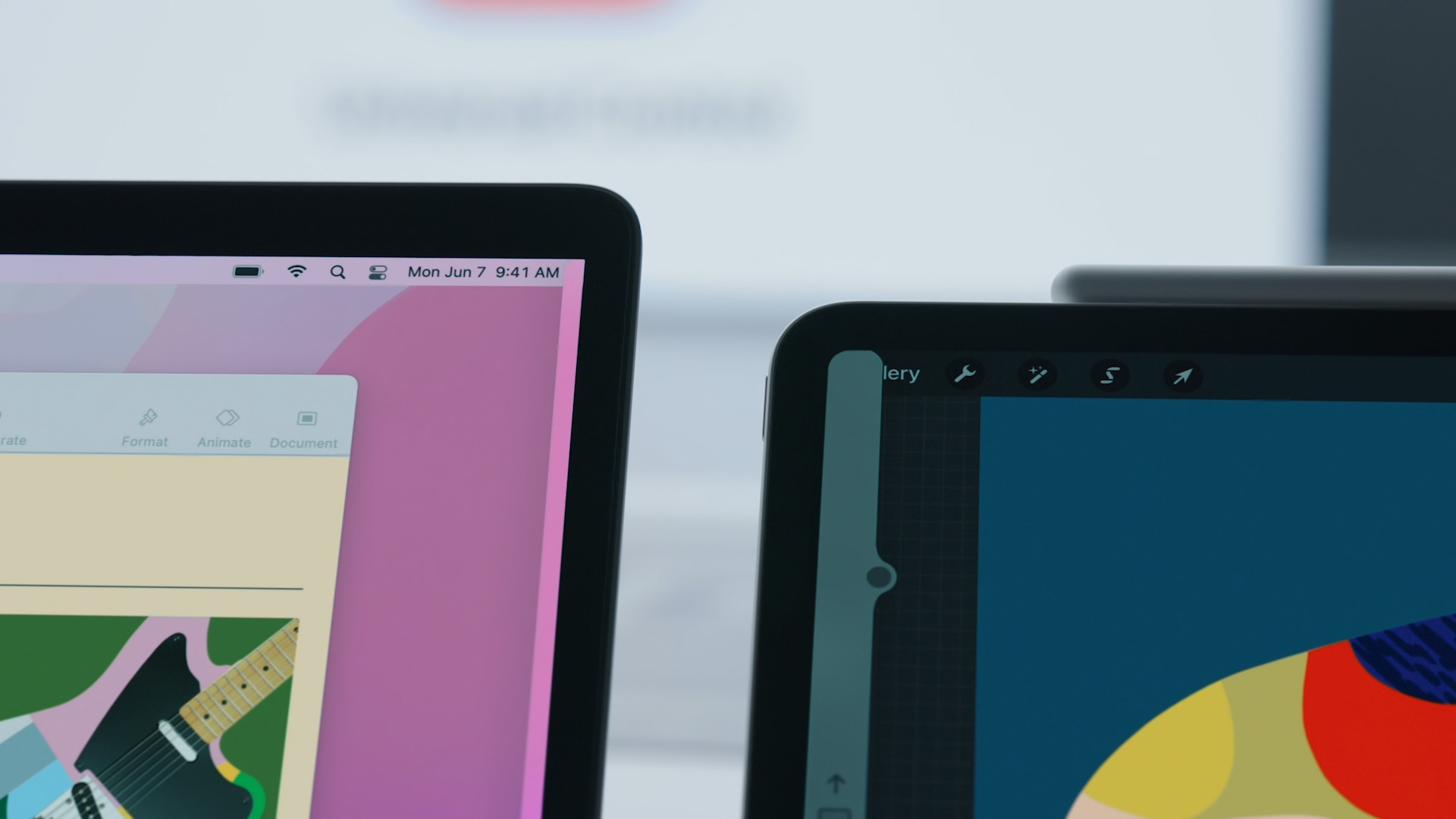
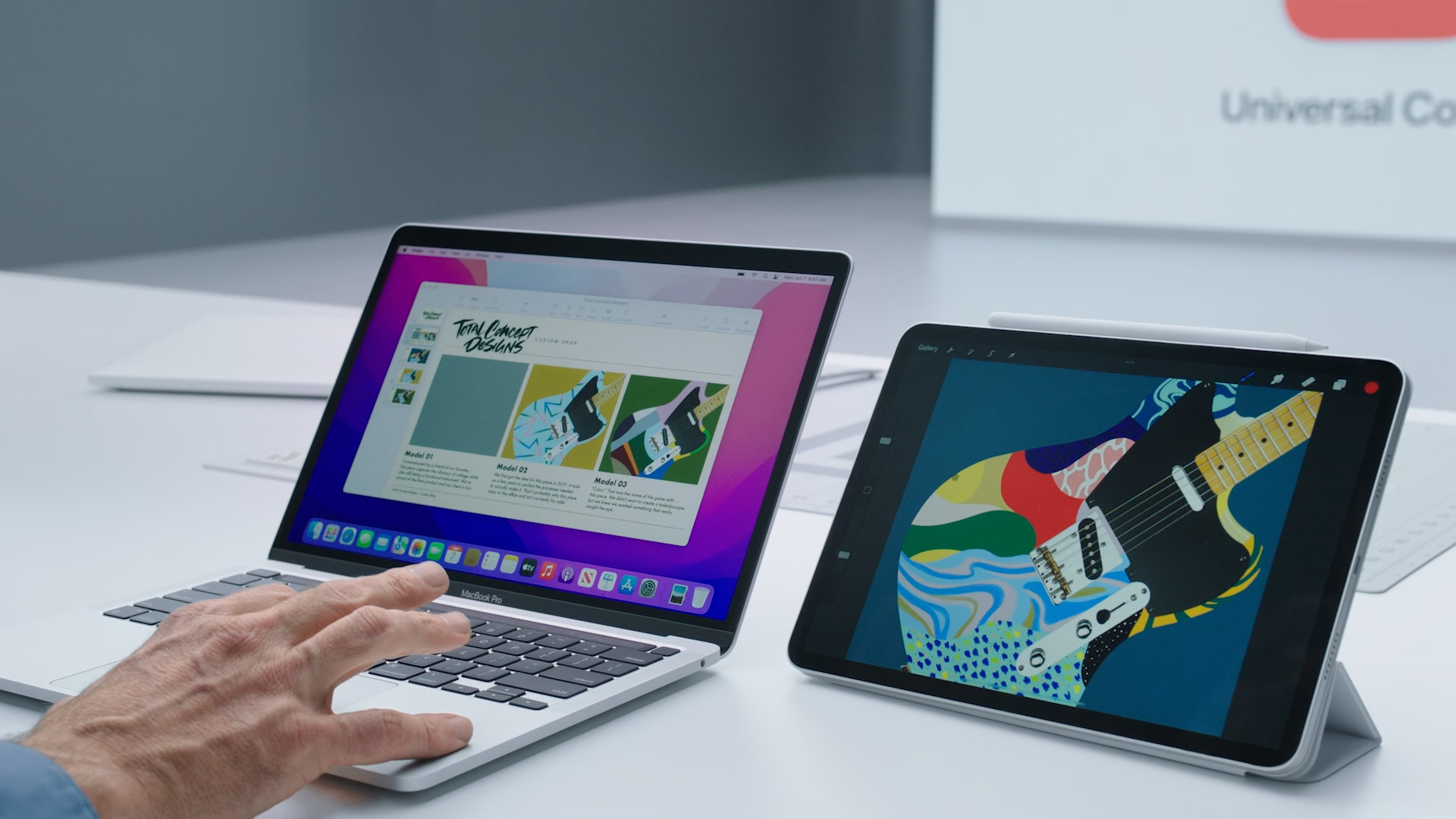

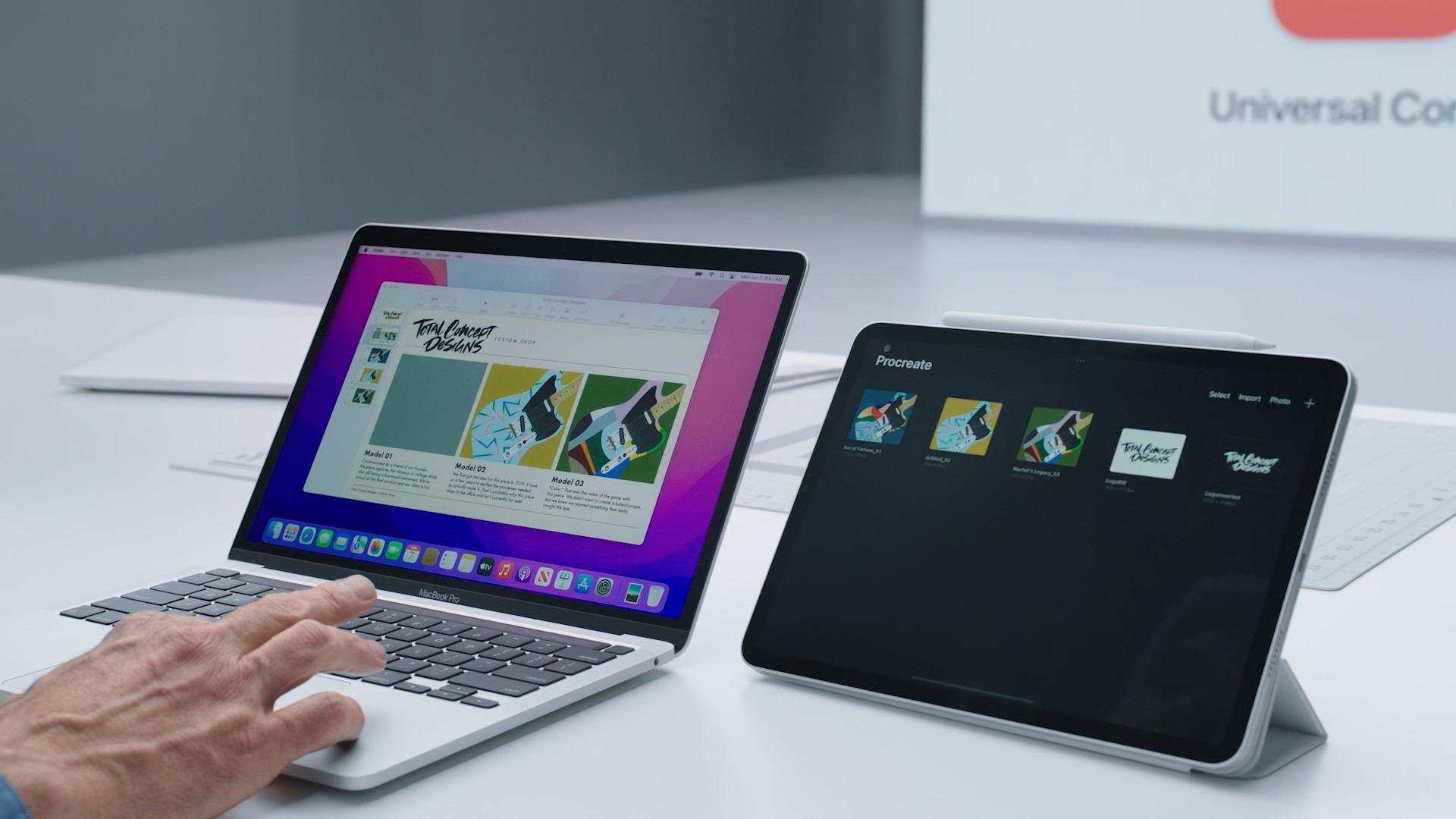
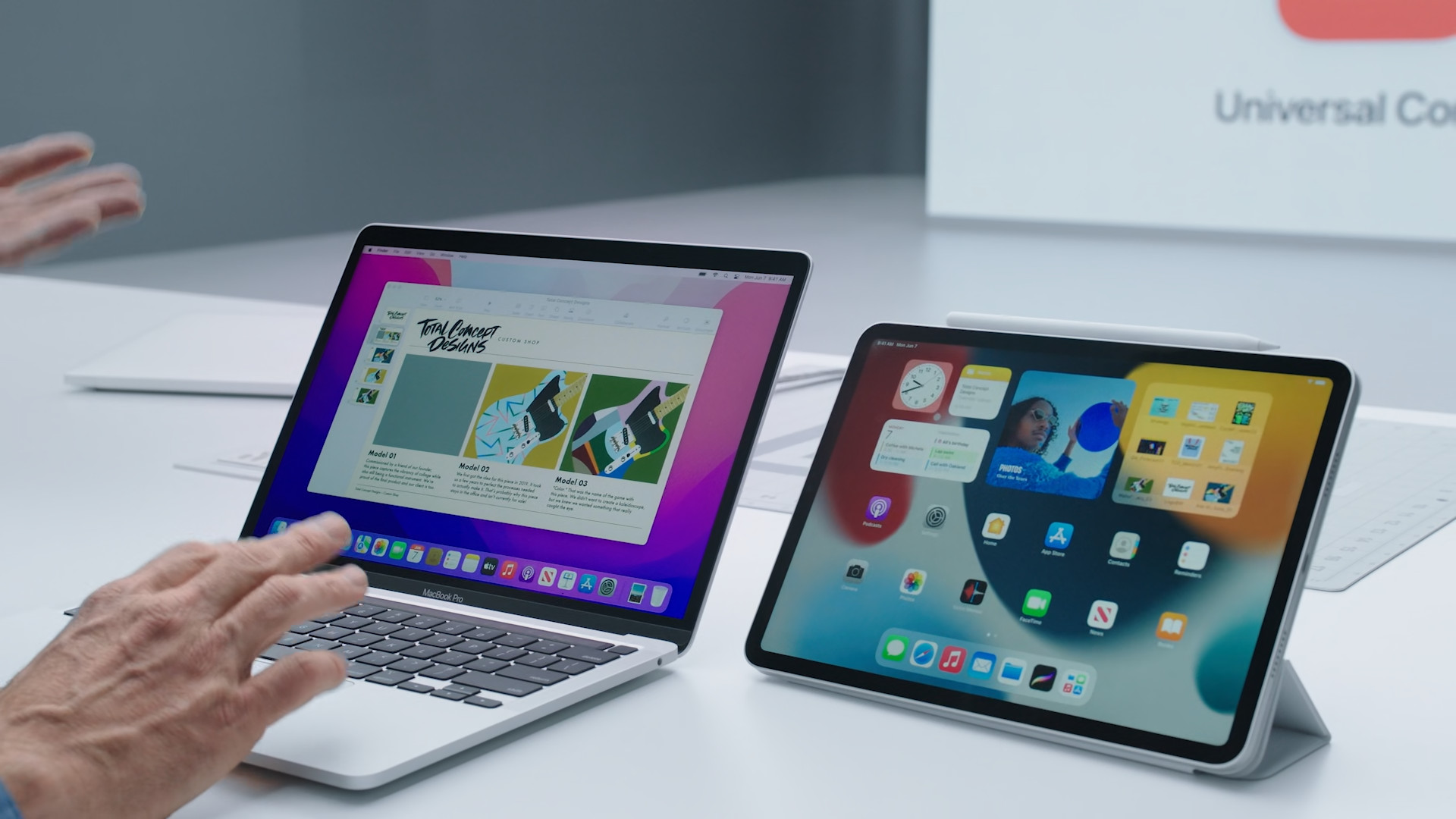
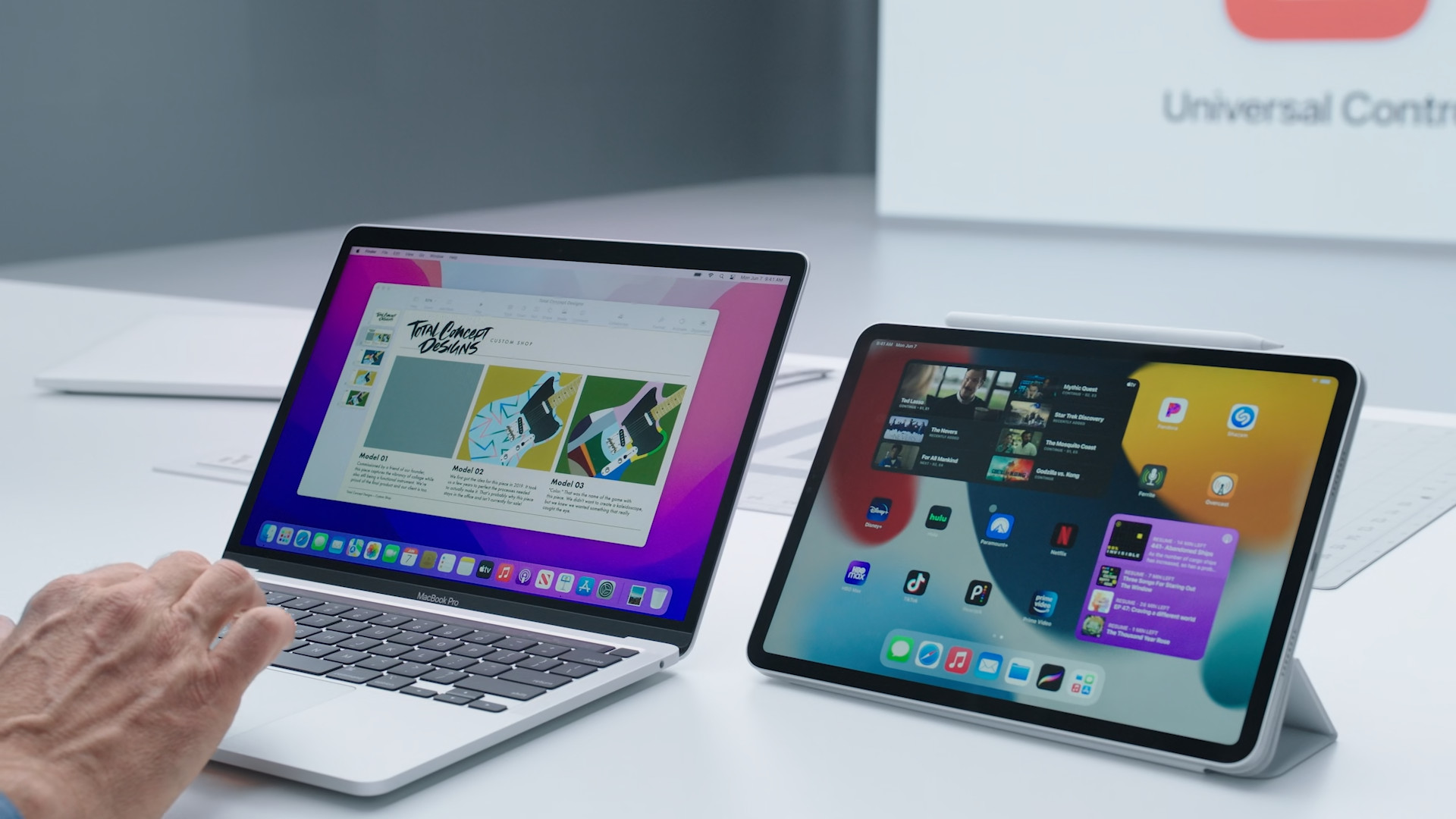
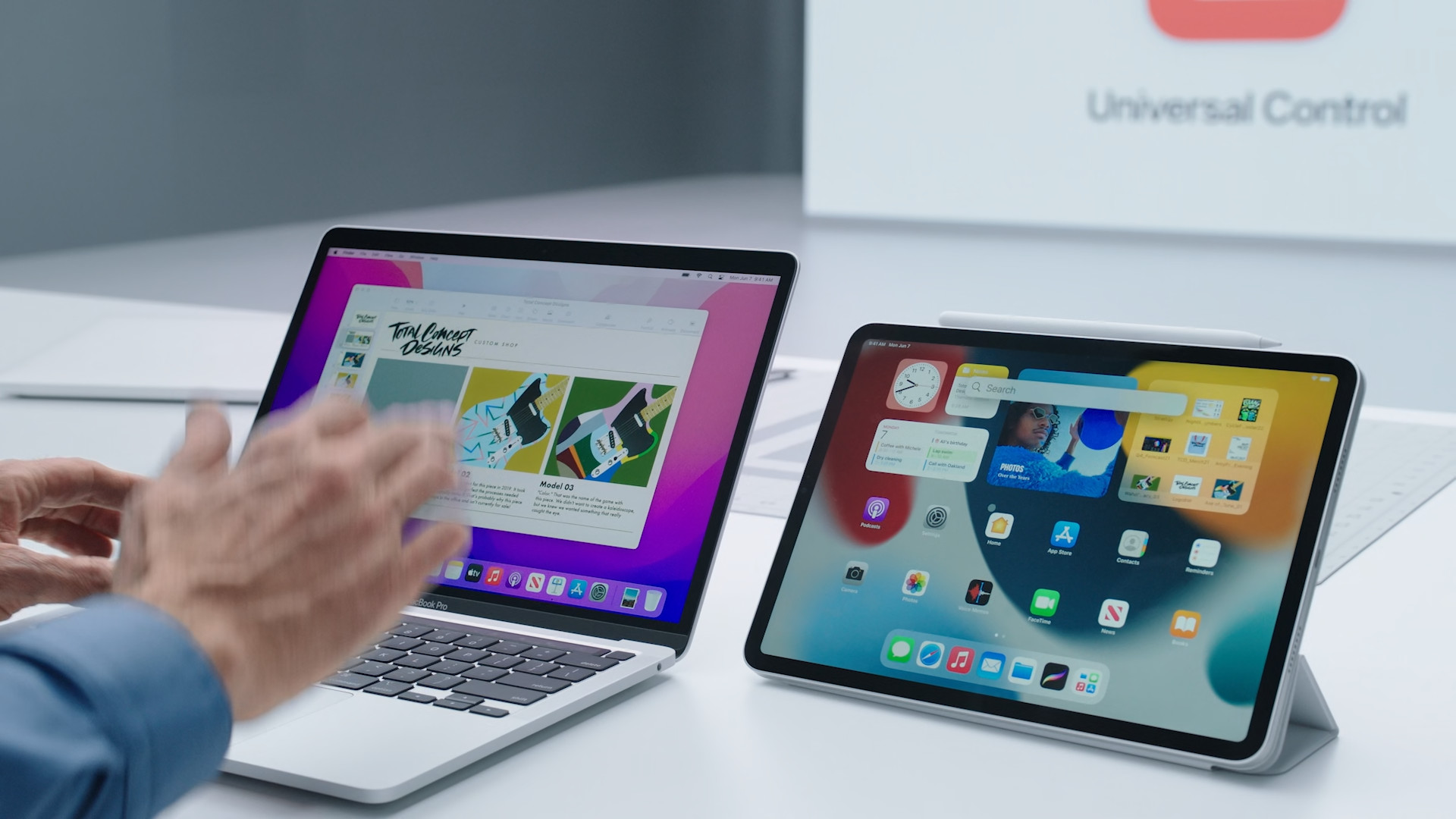
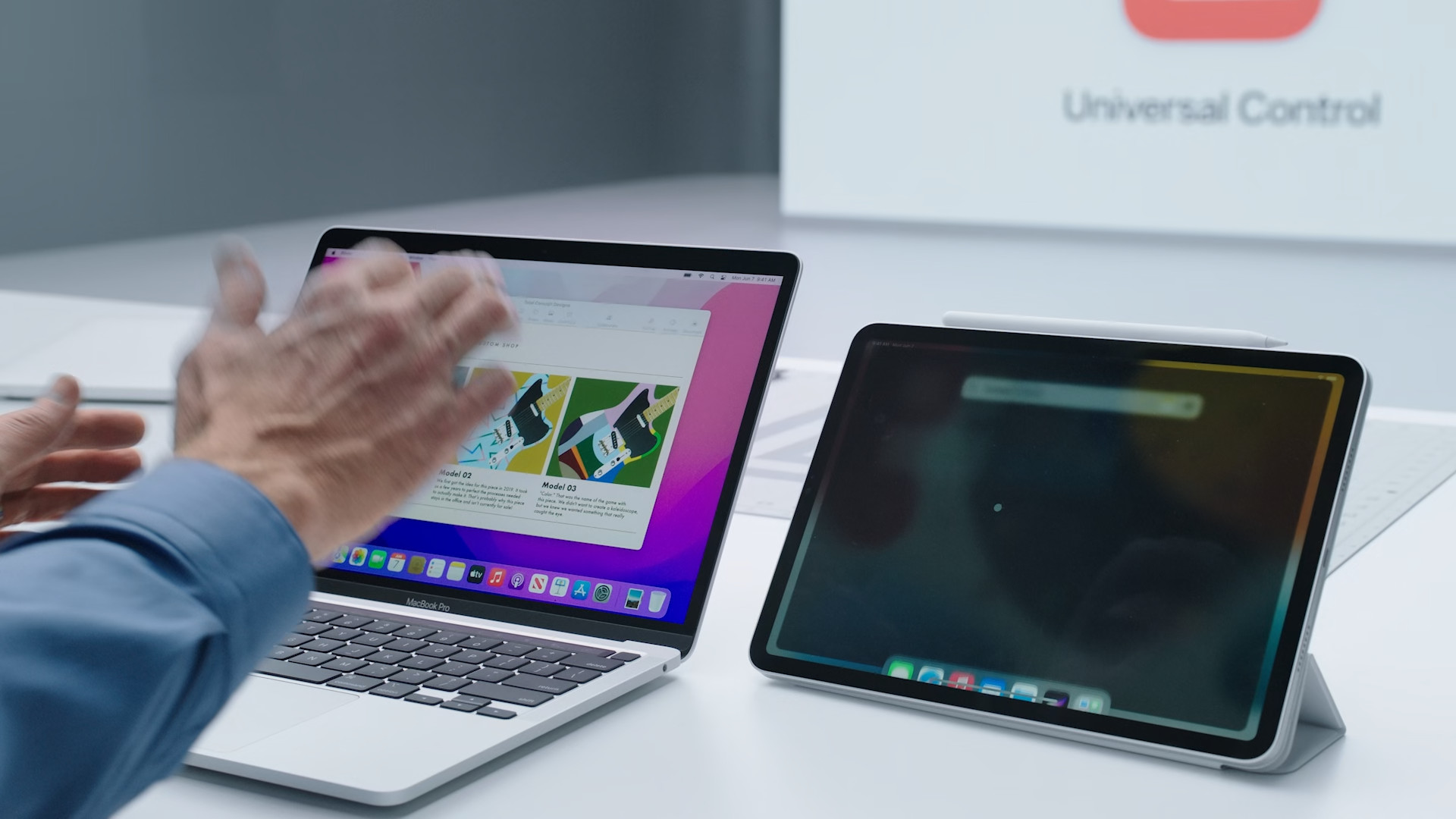
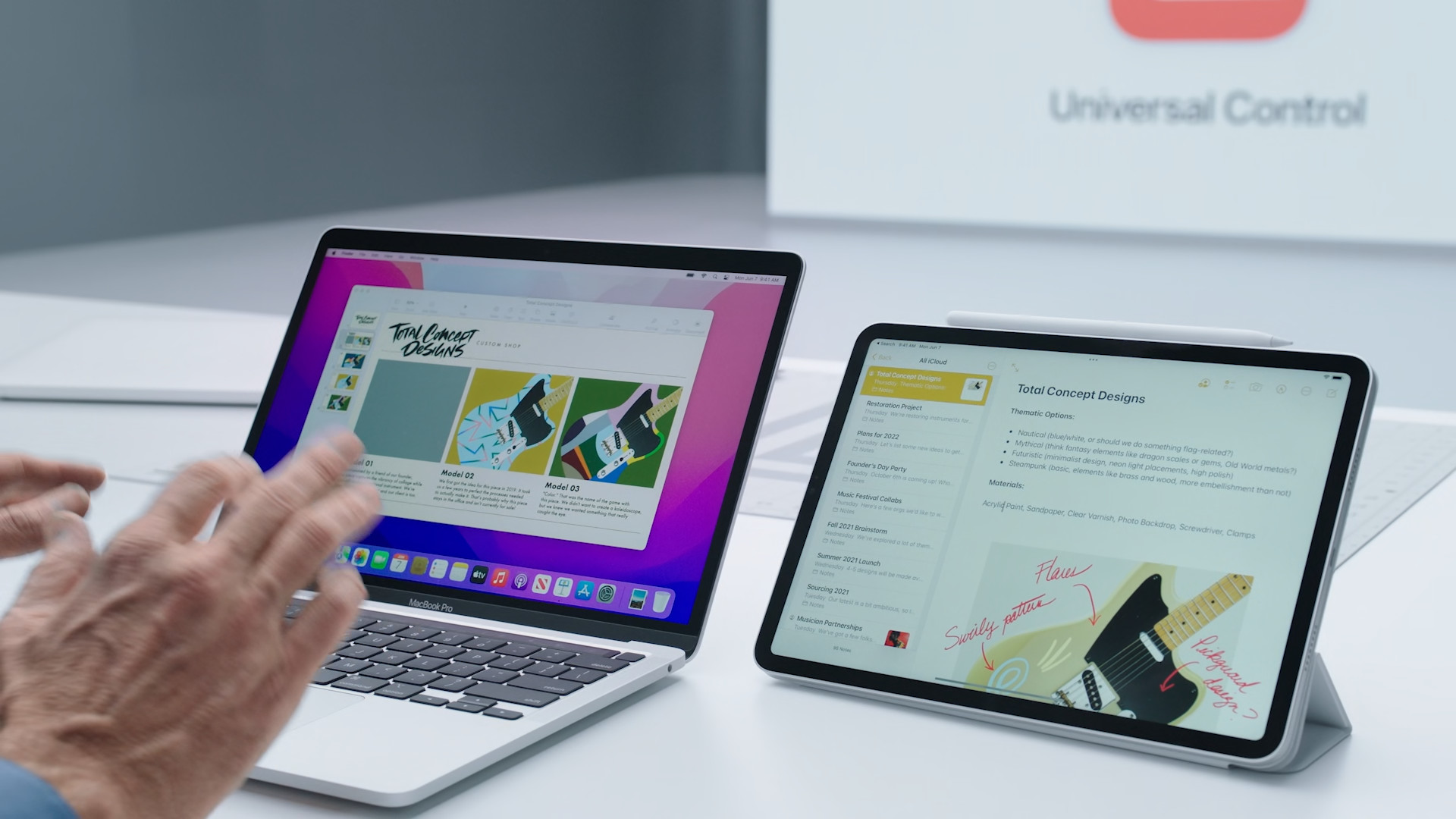

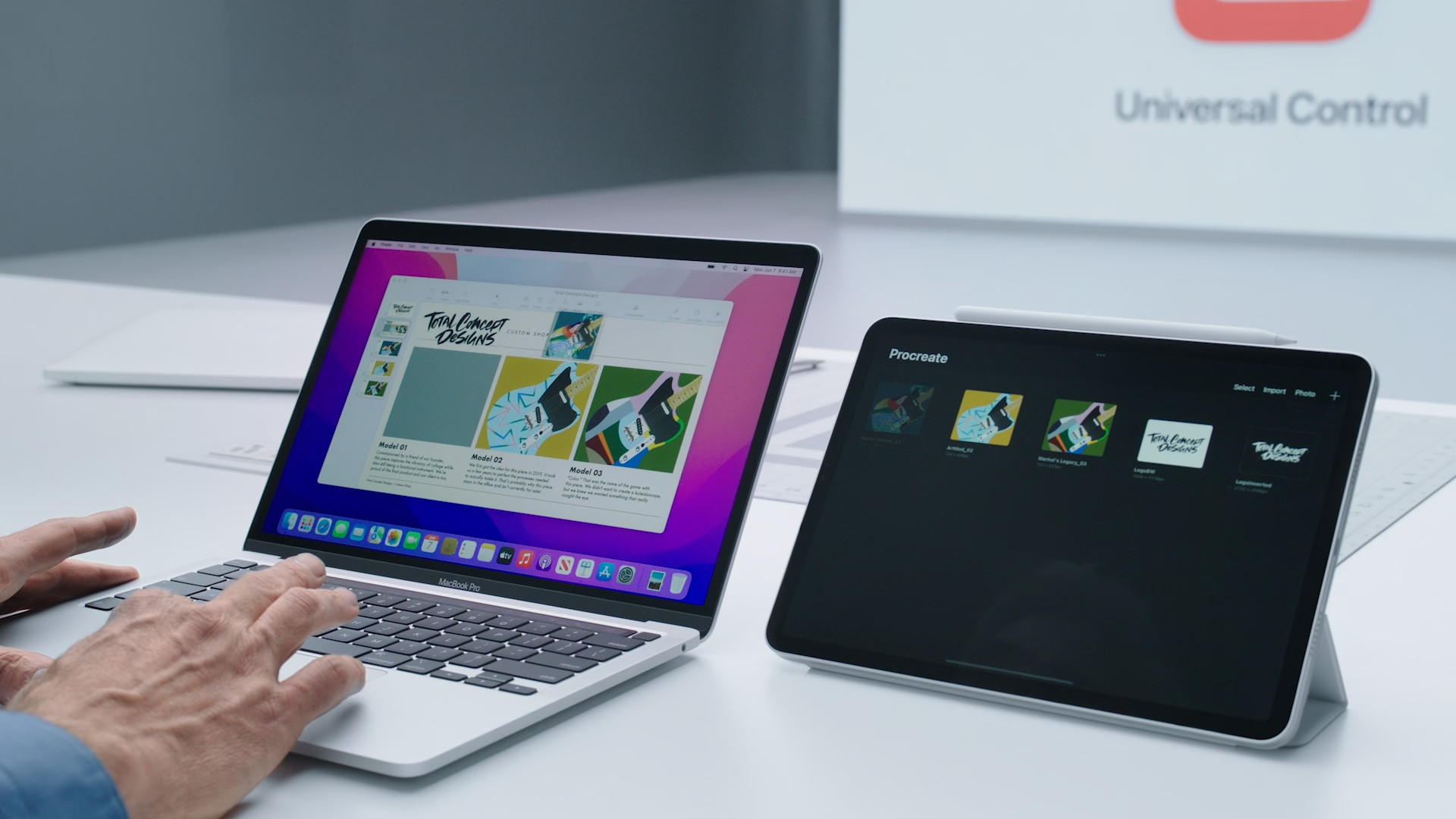

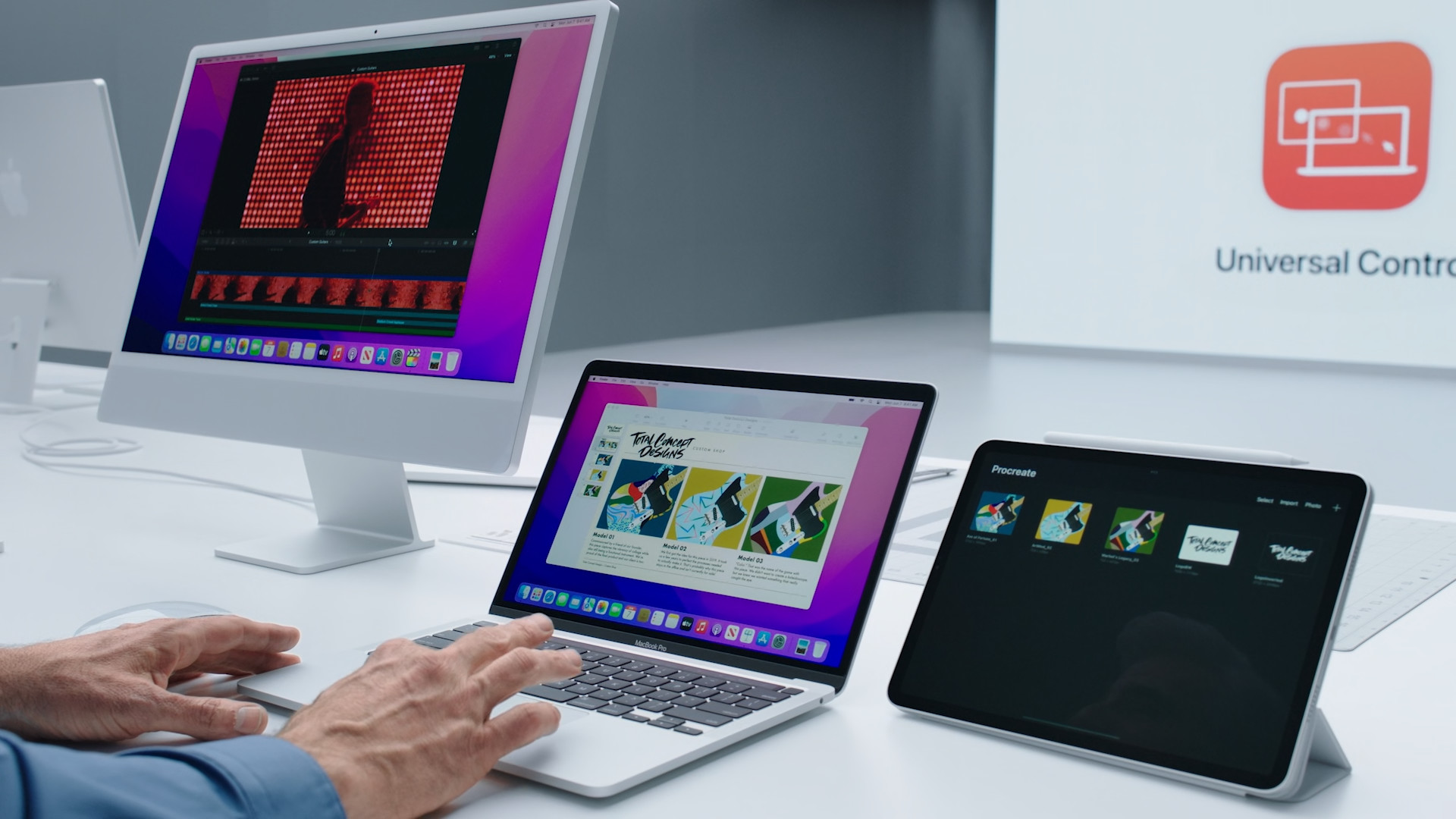

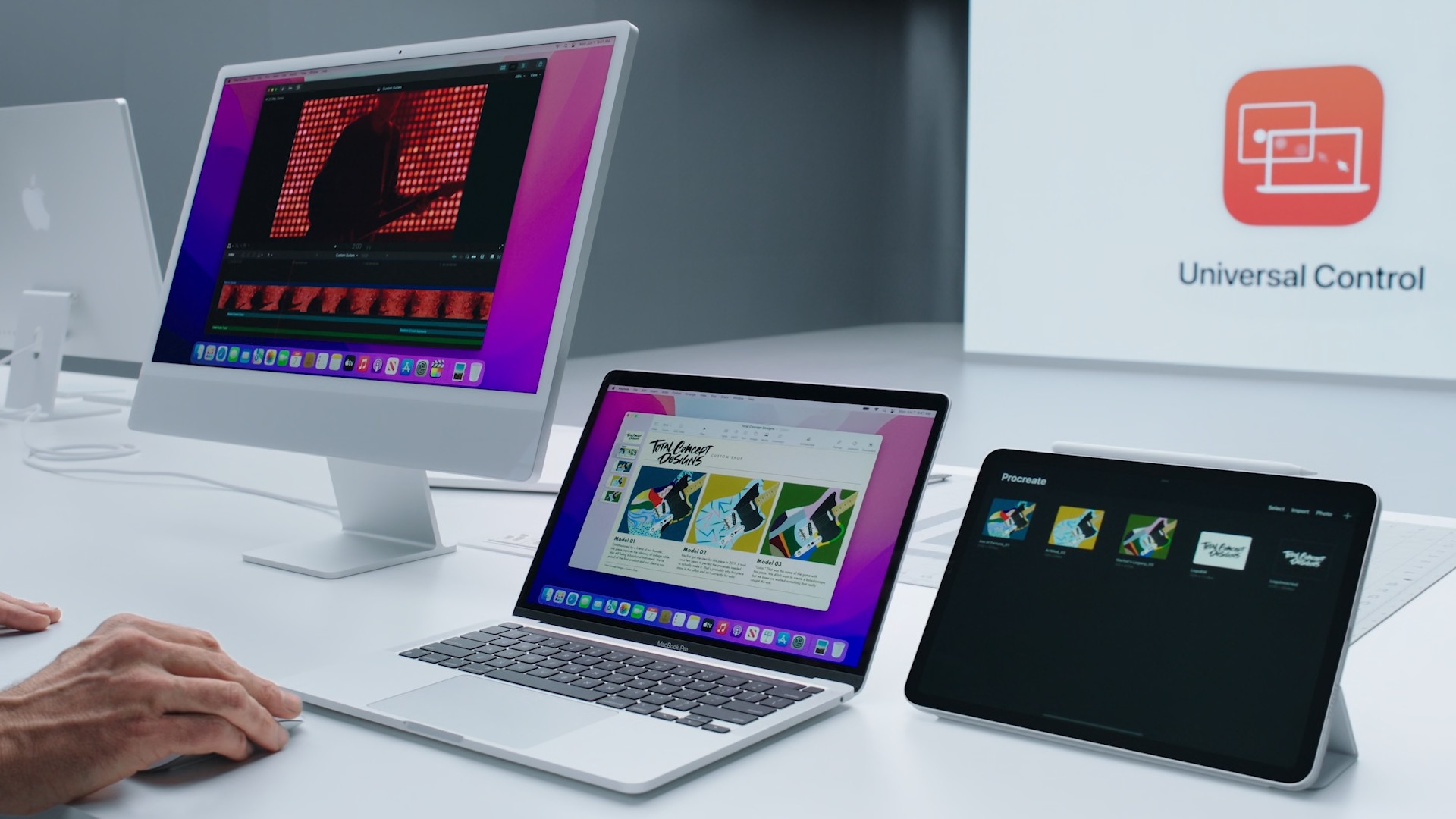
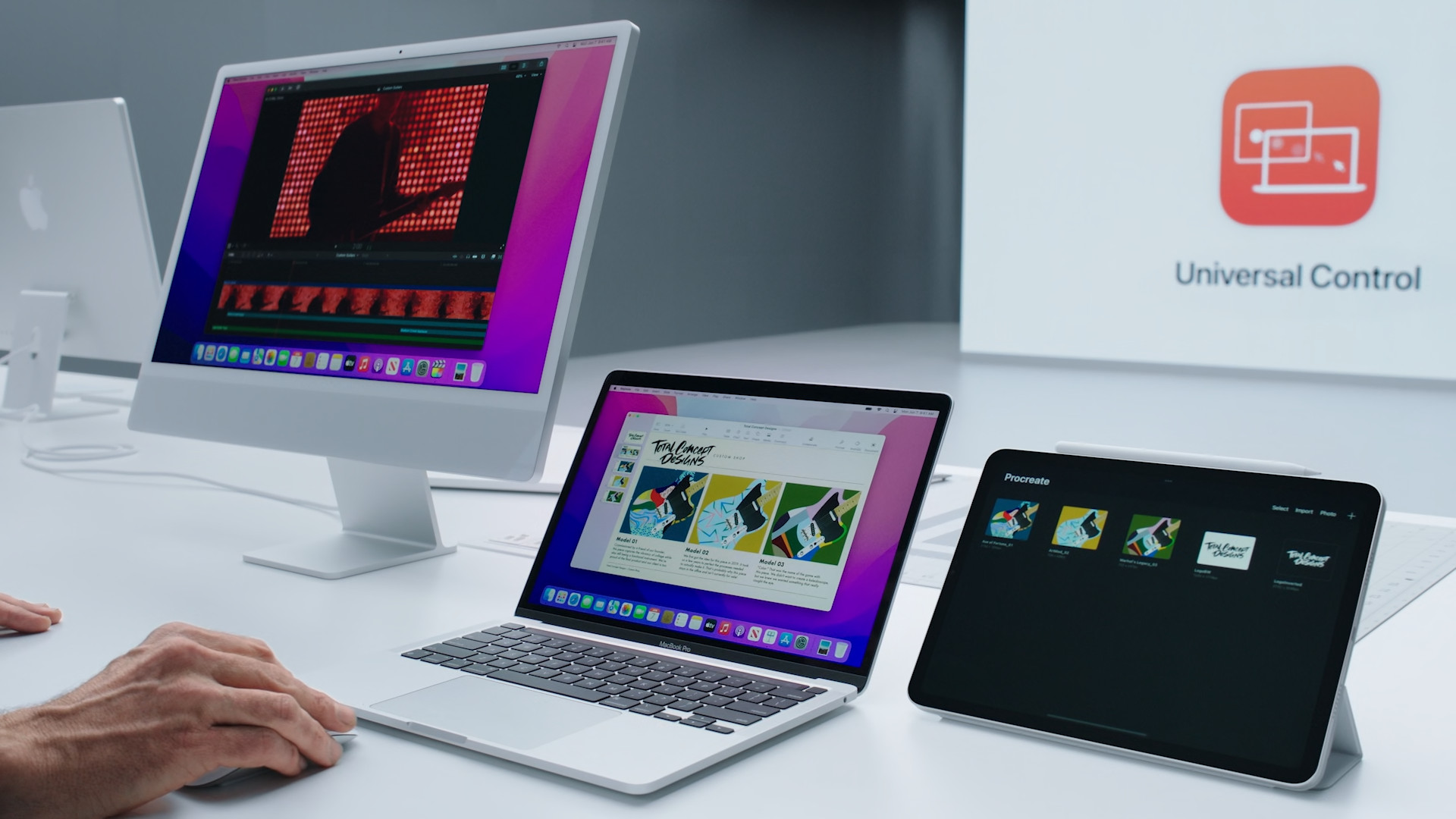
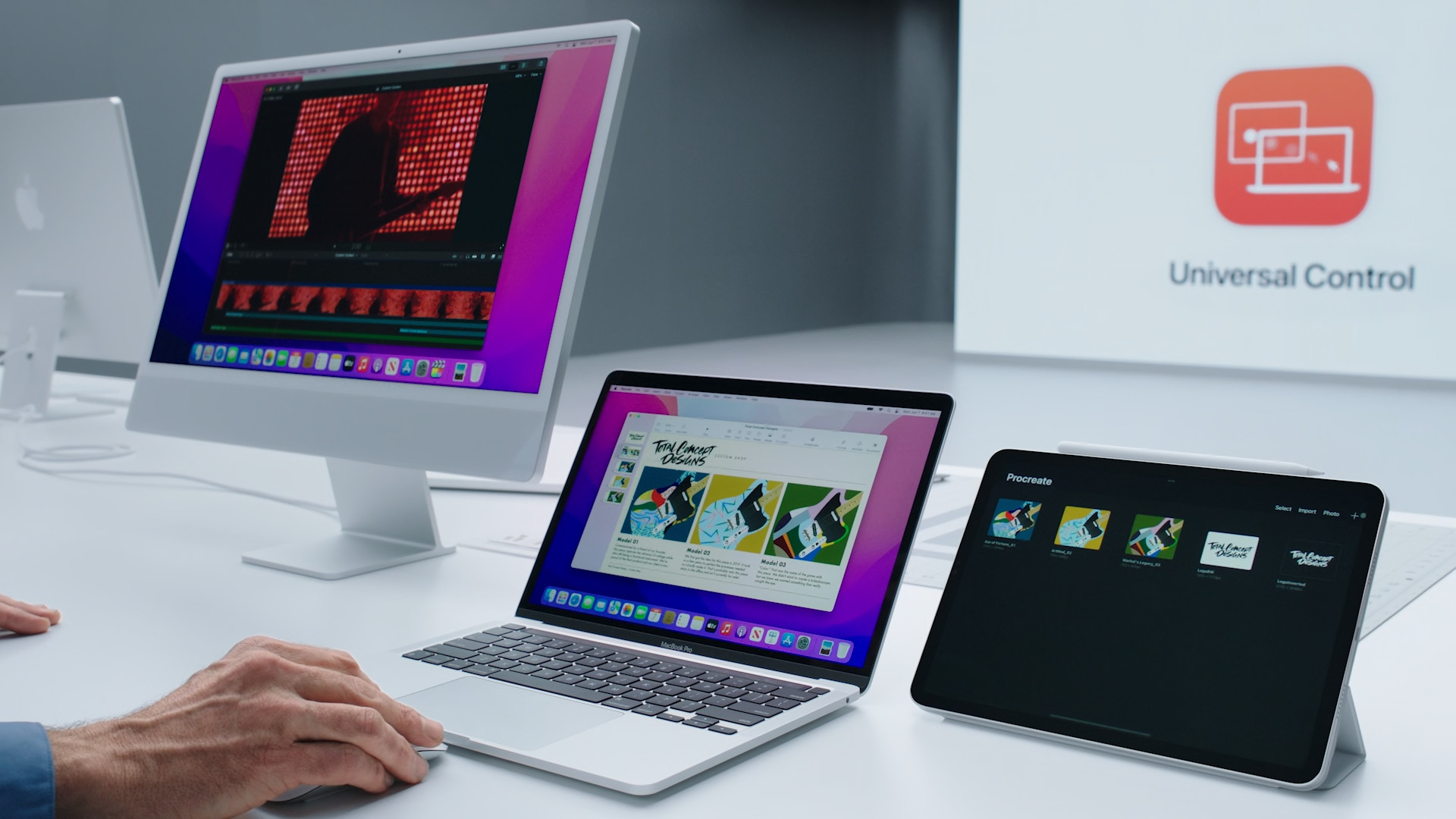
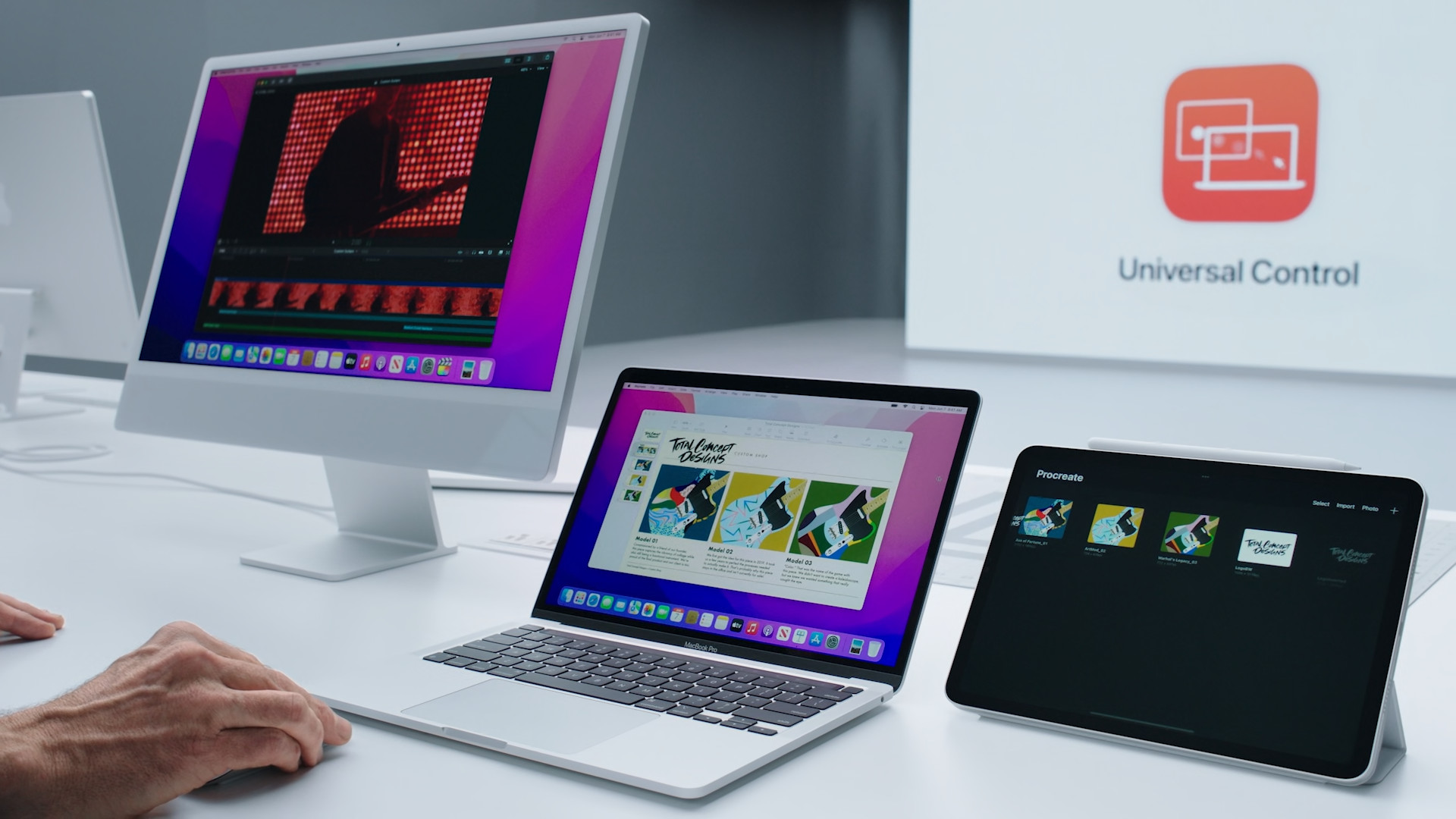
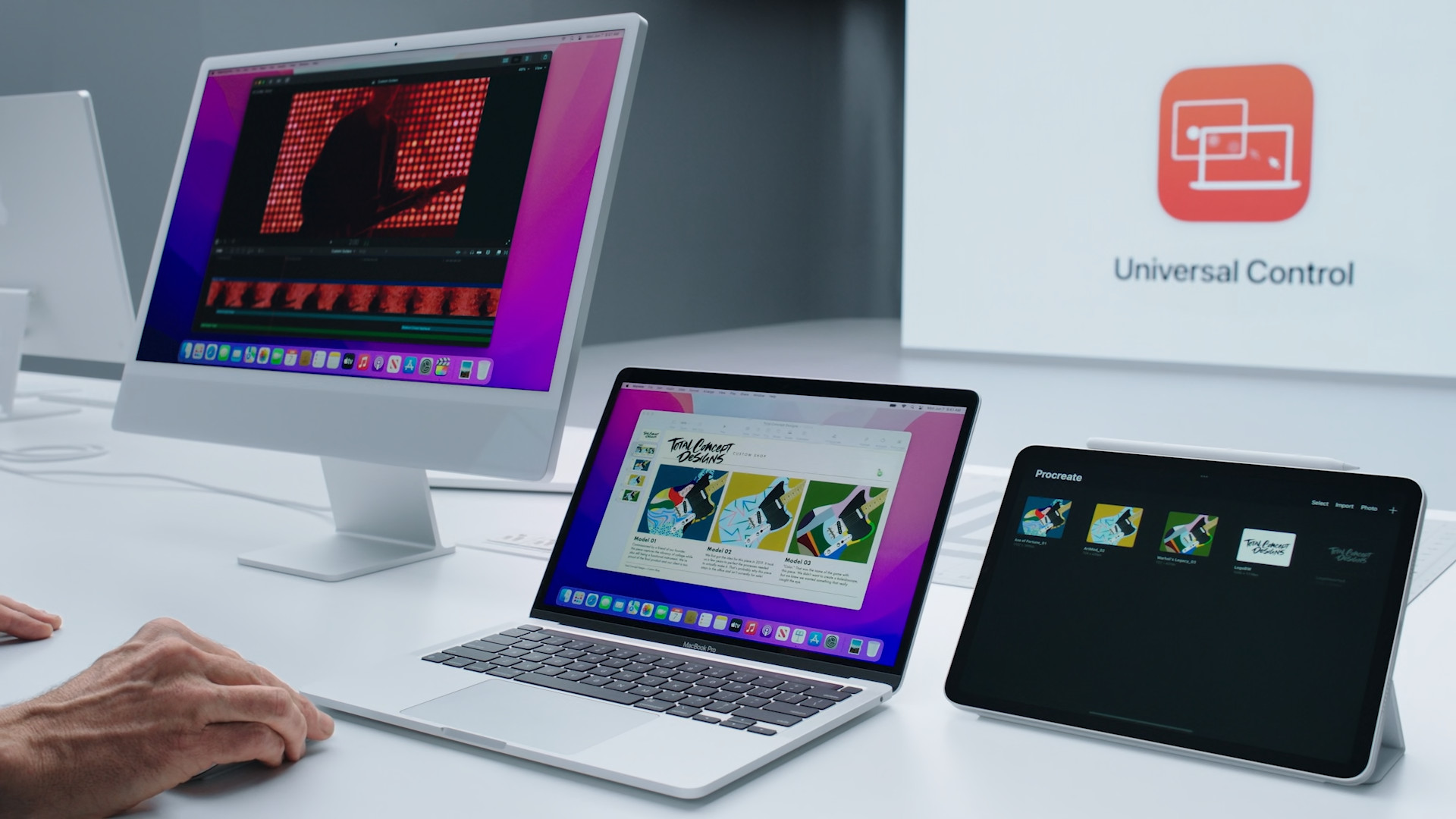
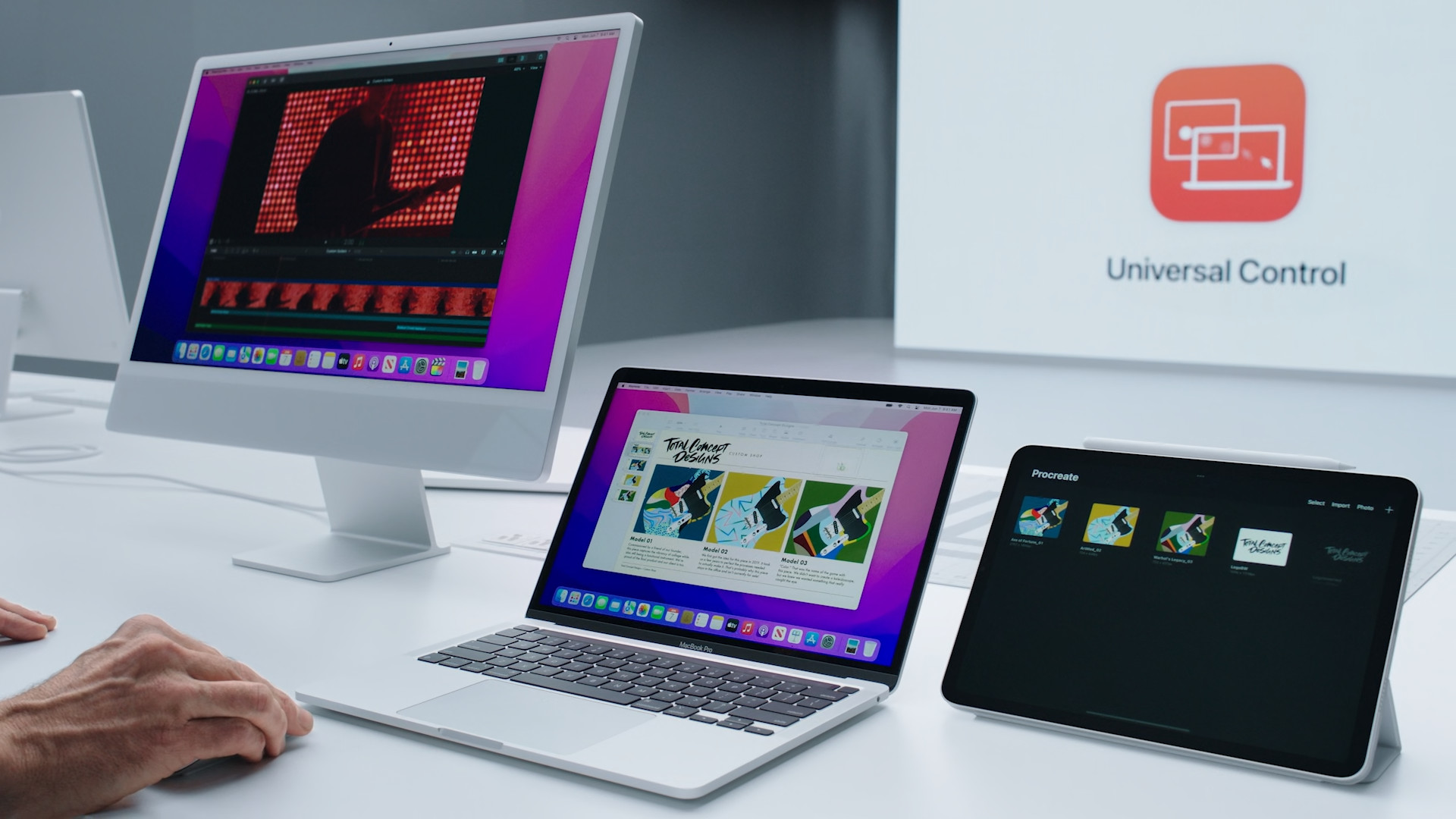
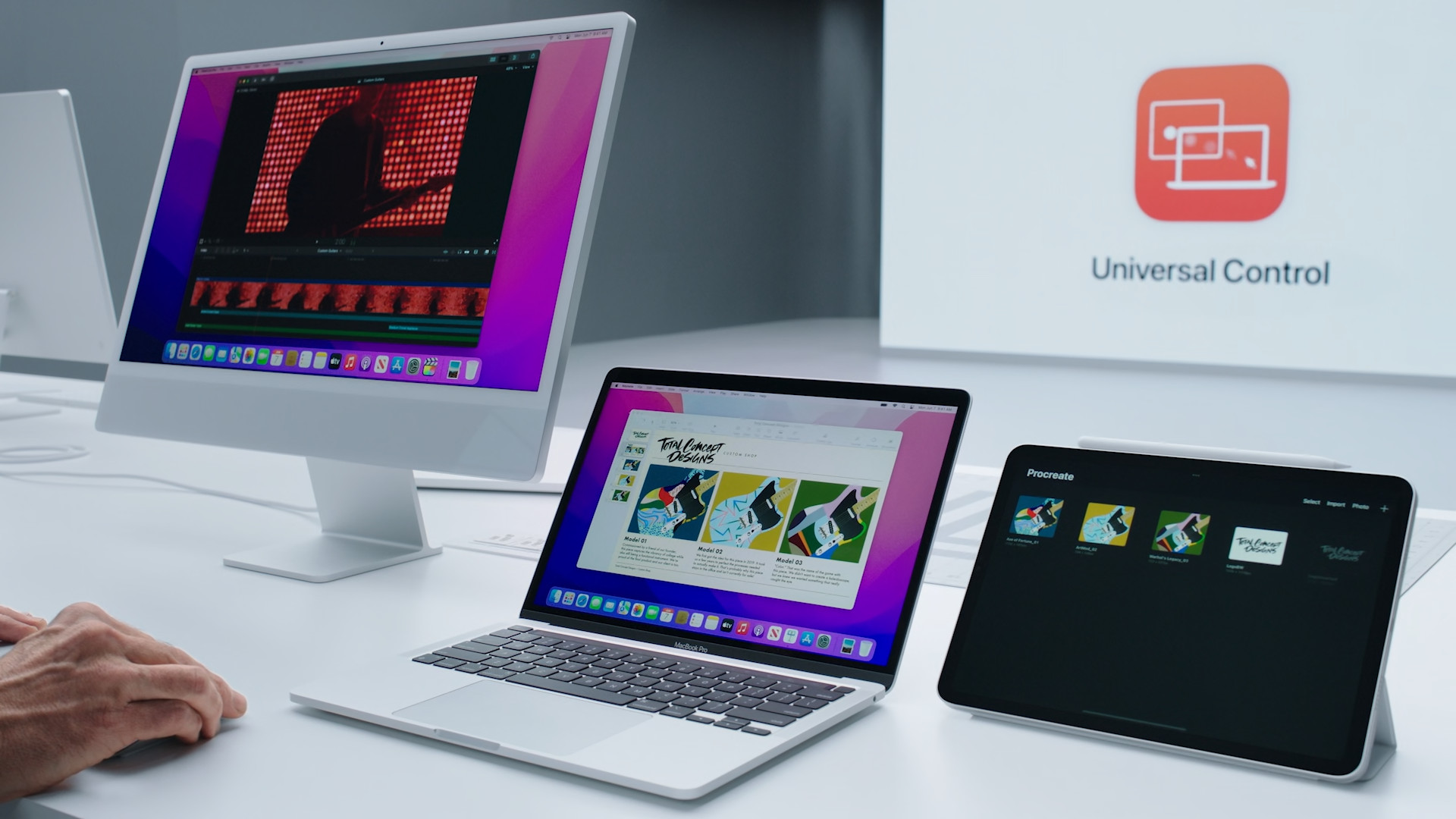
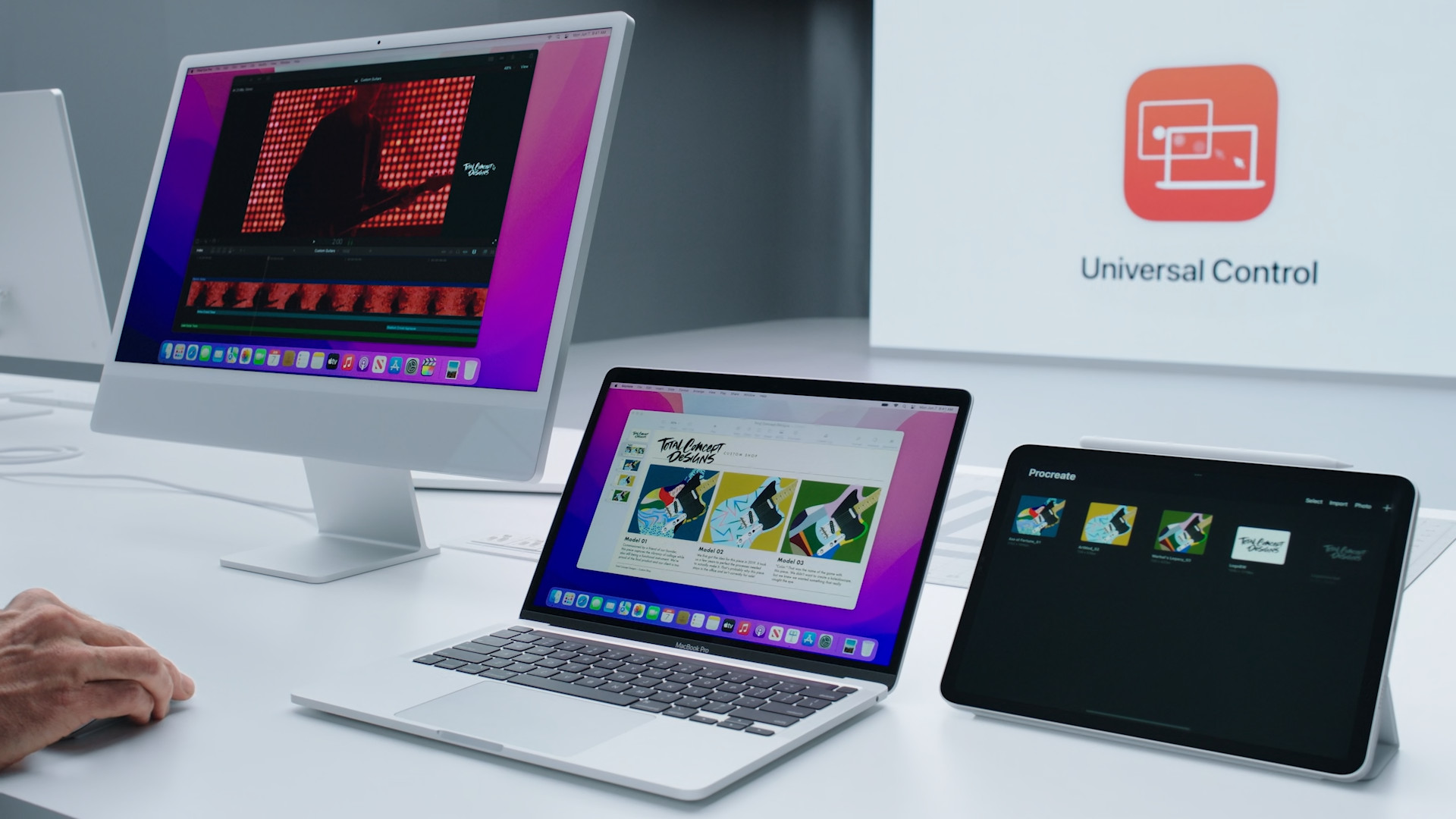
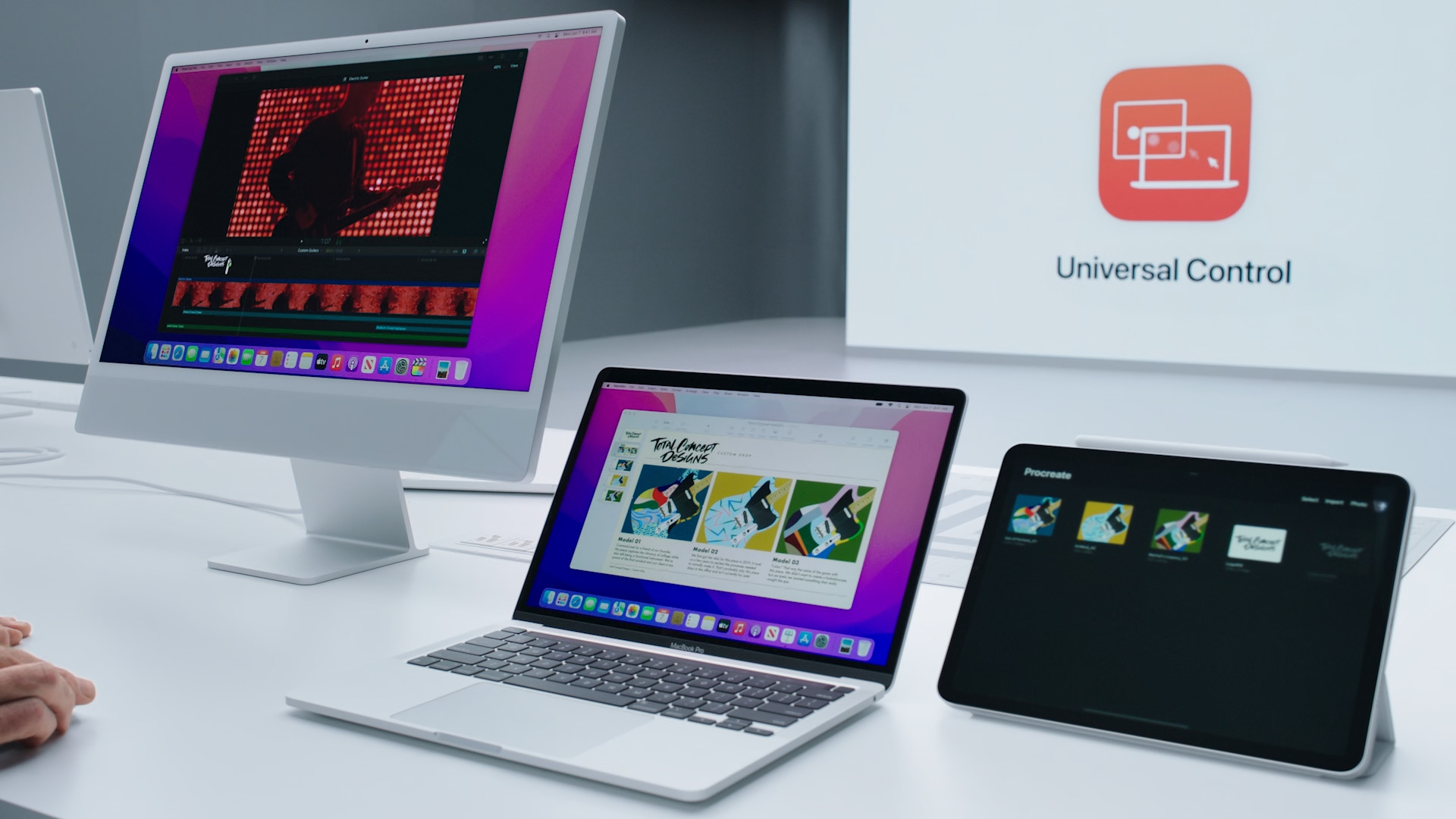
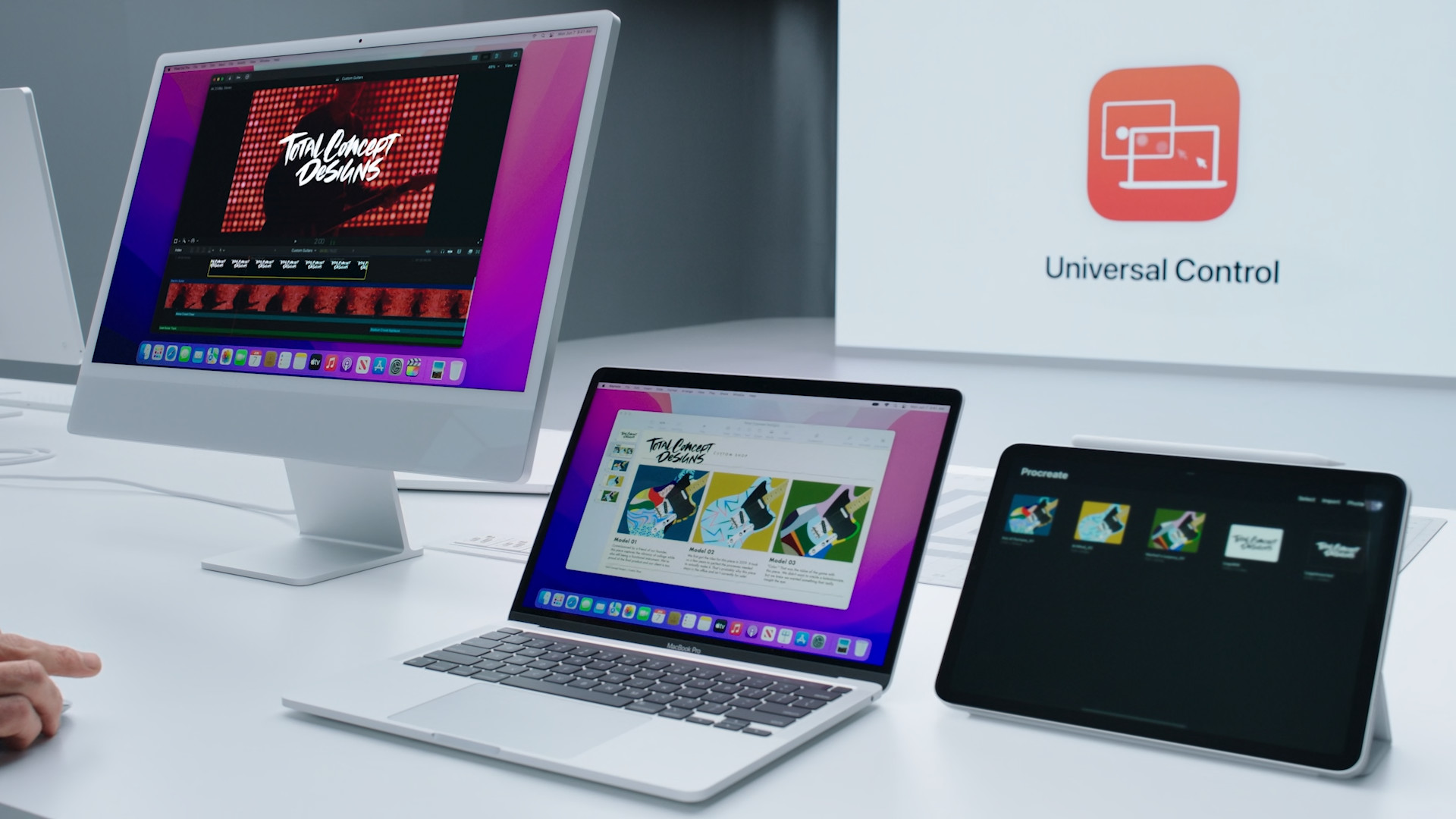
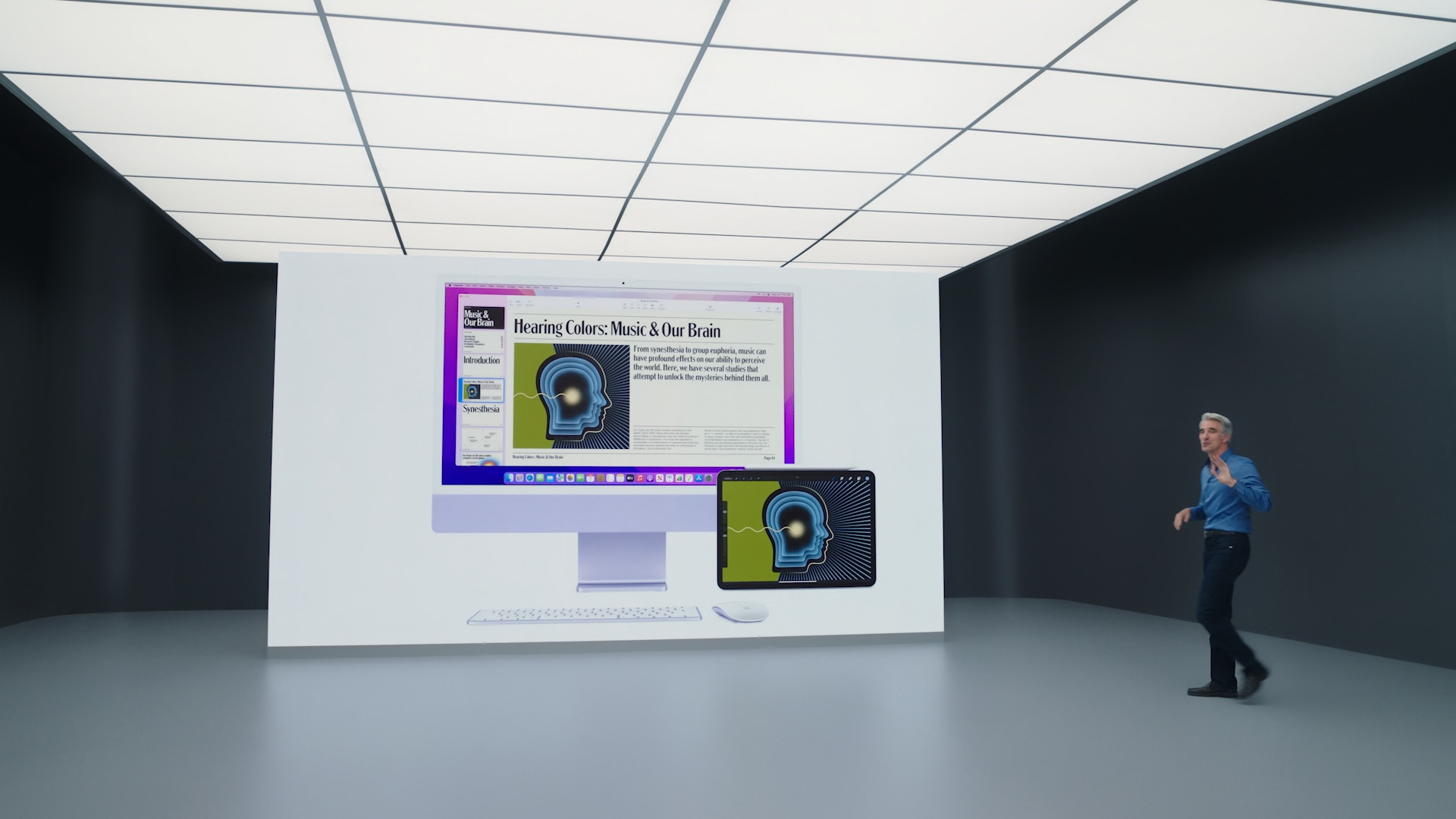
Um, Airplay? And Chromecast, which has been doing Android for years, is what? If I'm missing something in this regard, it's simply sending files - within Android devices already solved with Nearby Share (here Google was nicely inspired by Apple), but if Google added this functionality to Chrome and therefore also for Windows, Linux (and potentially iOS/iPad OS, Mac OS) would be great. I agree with the other points...